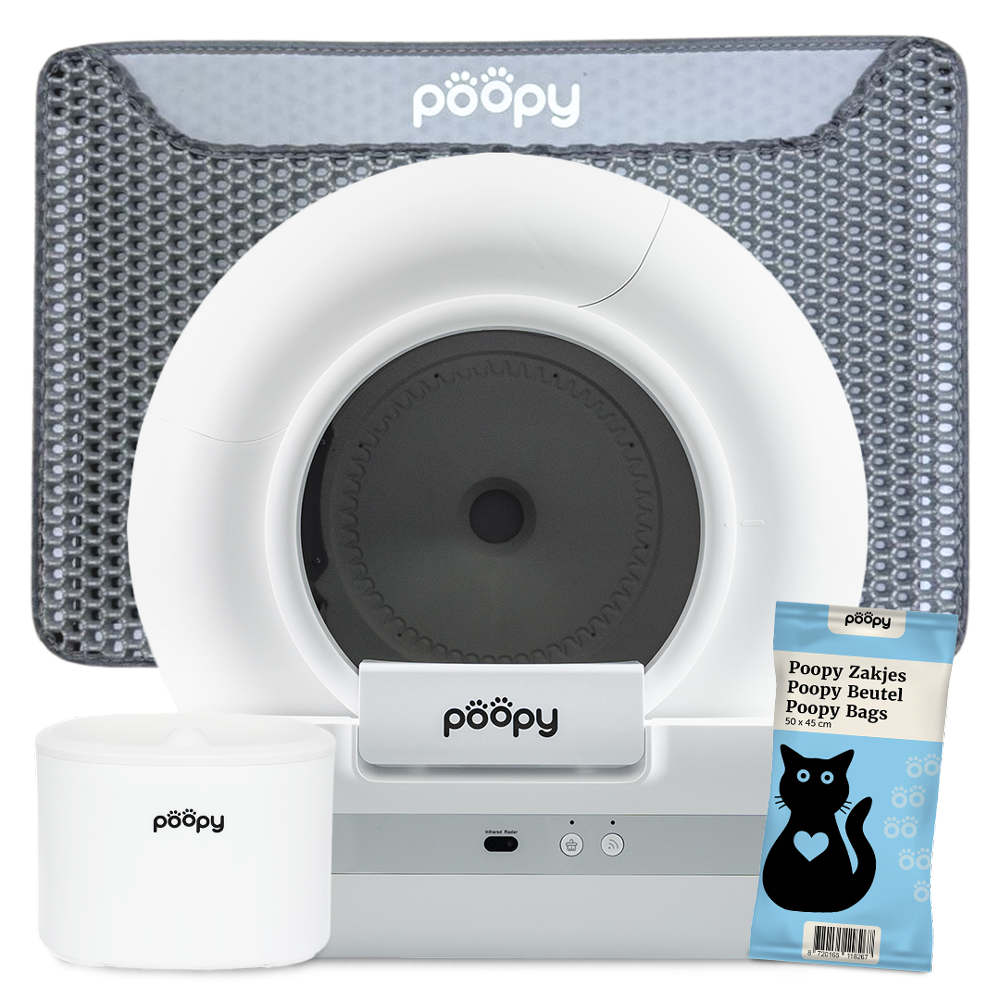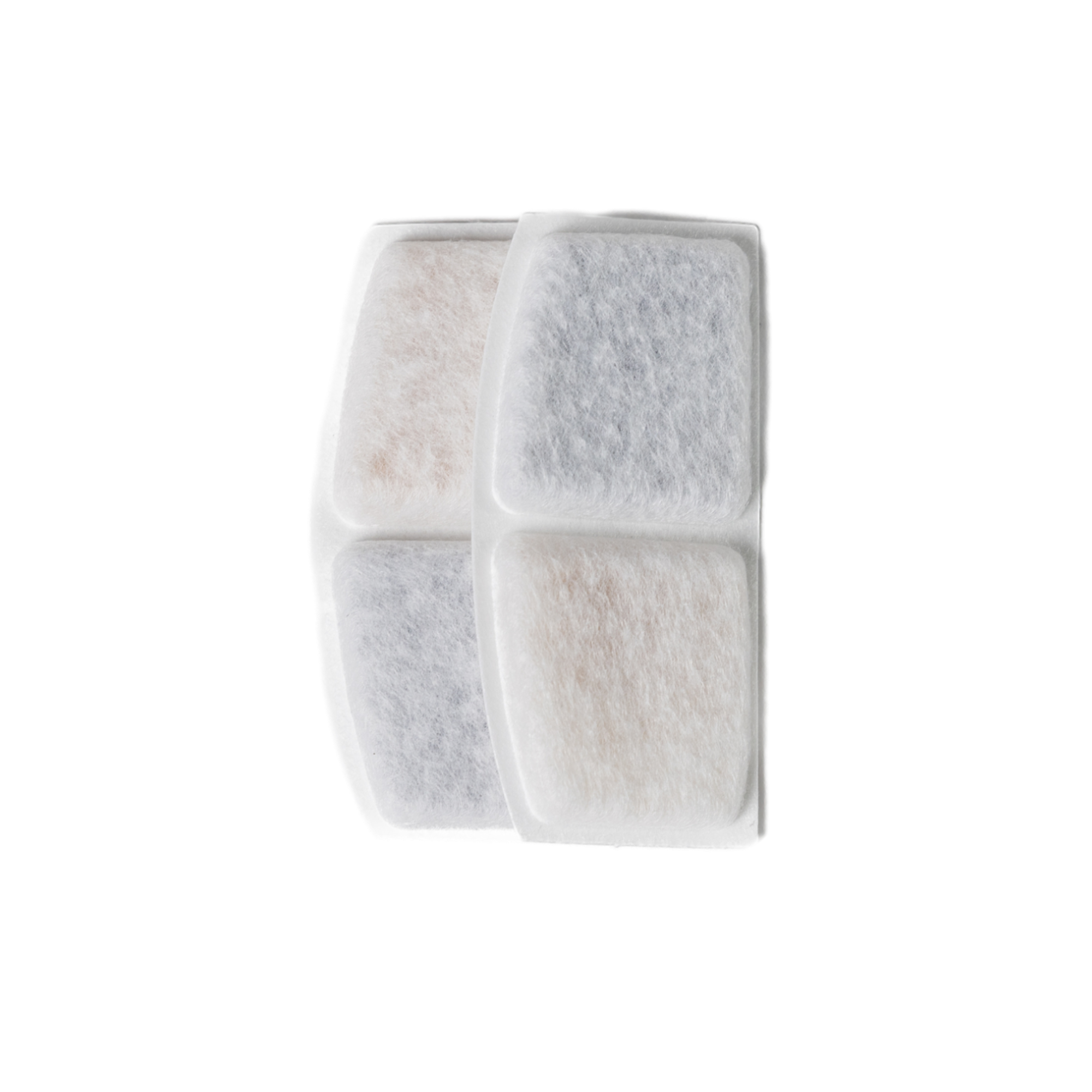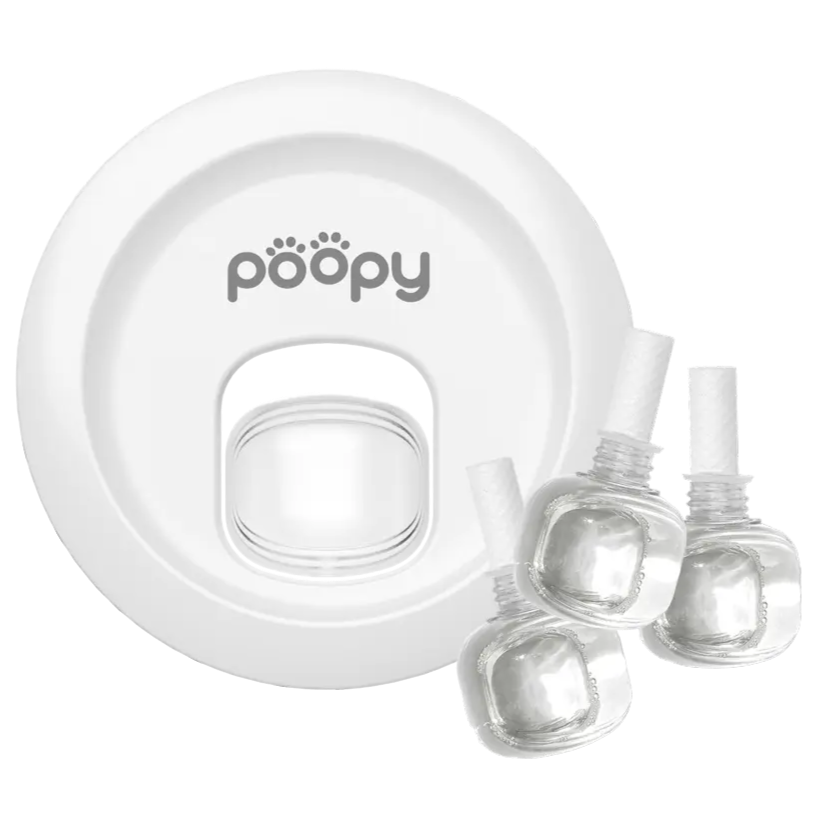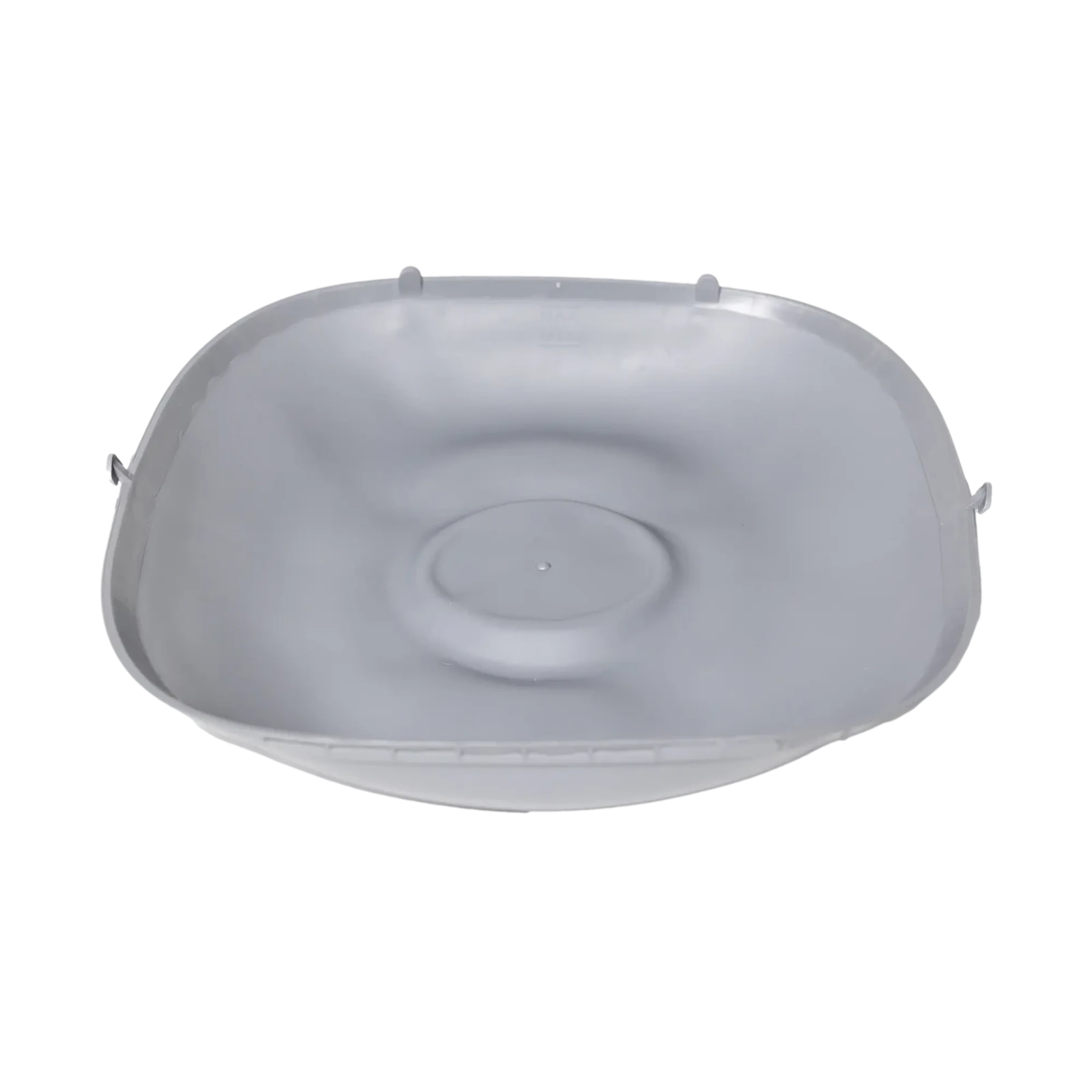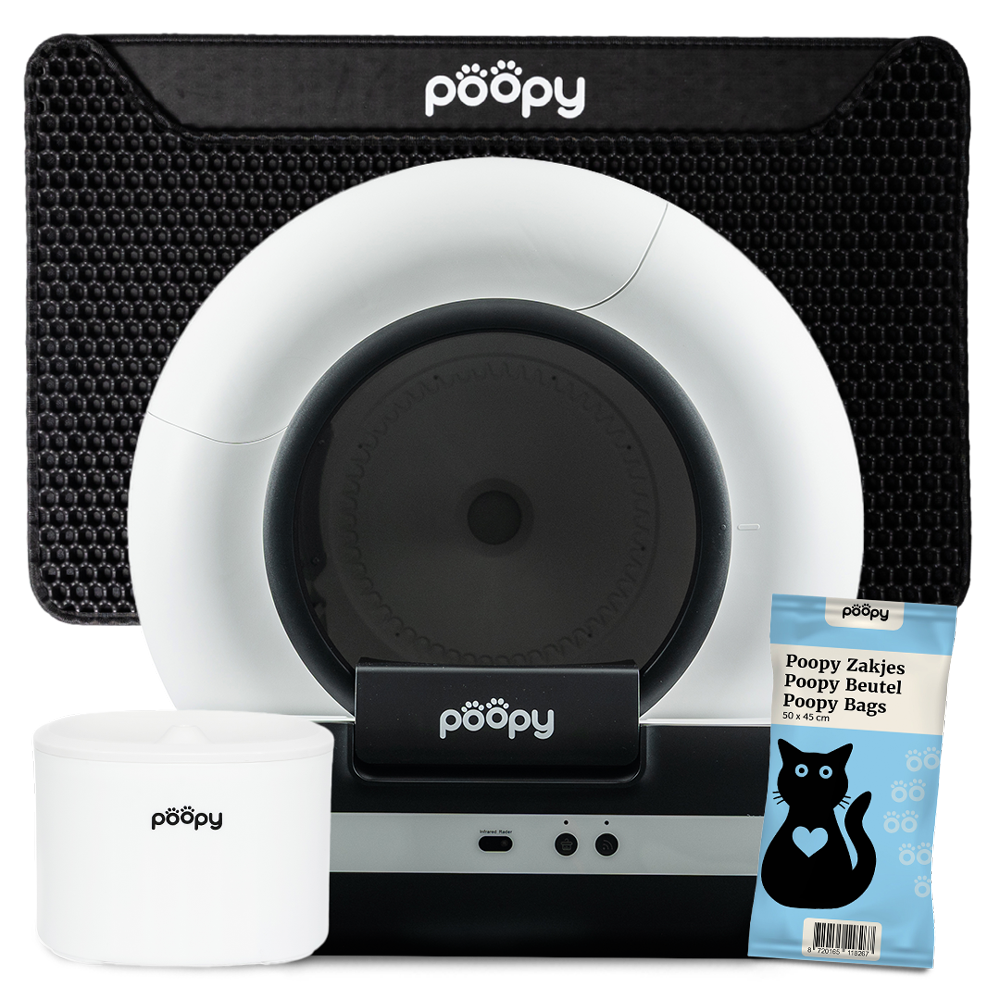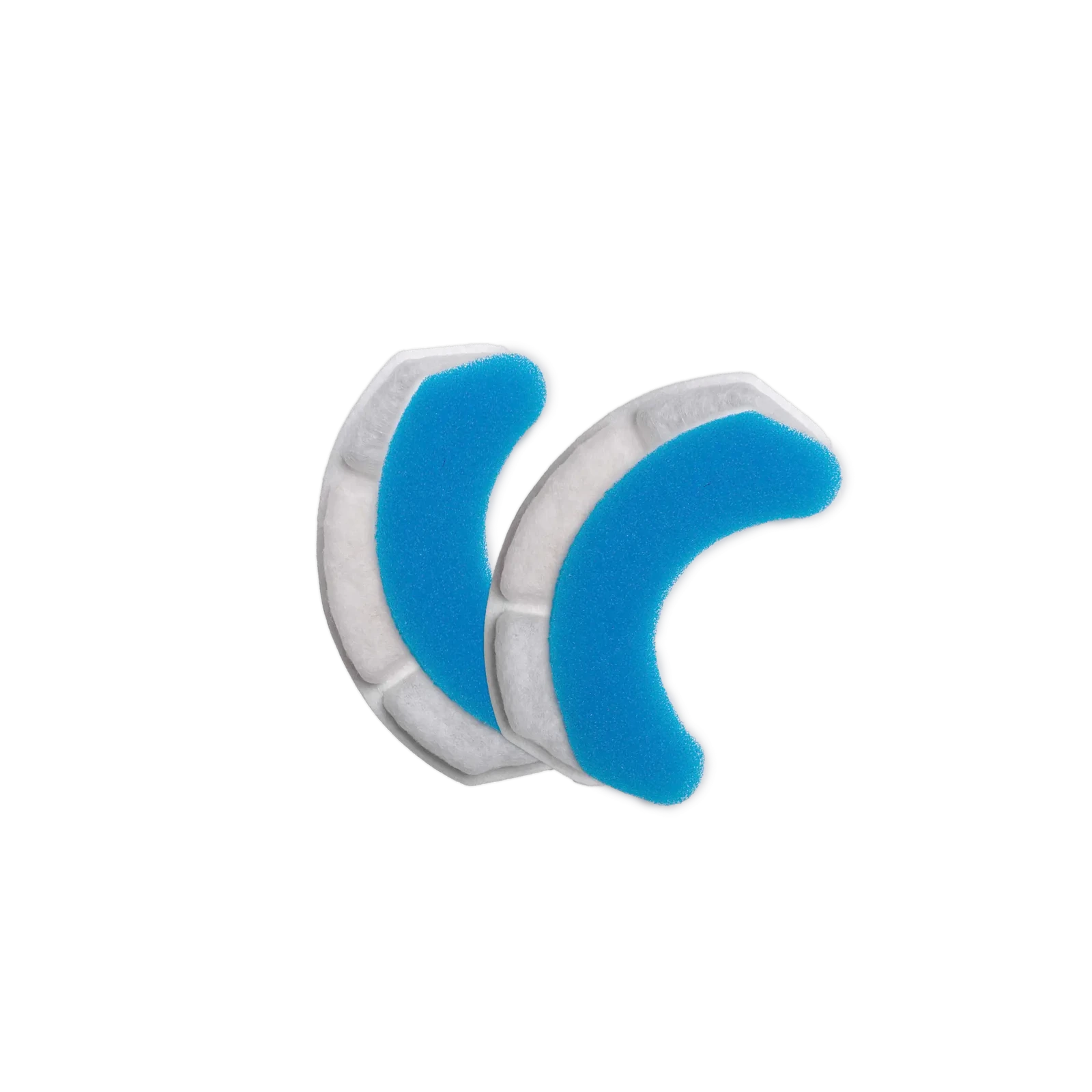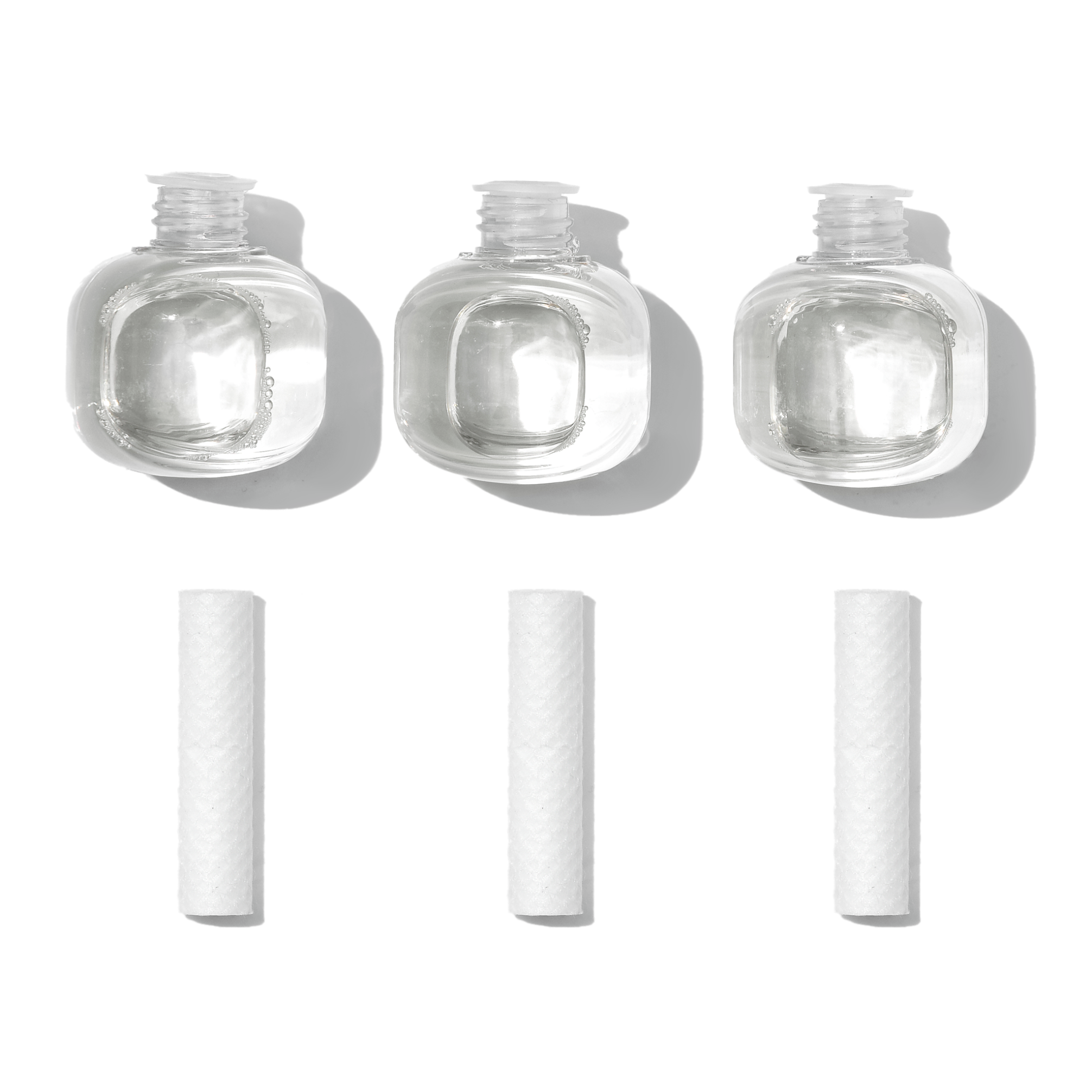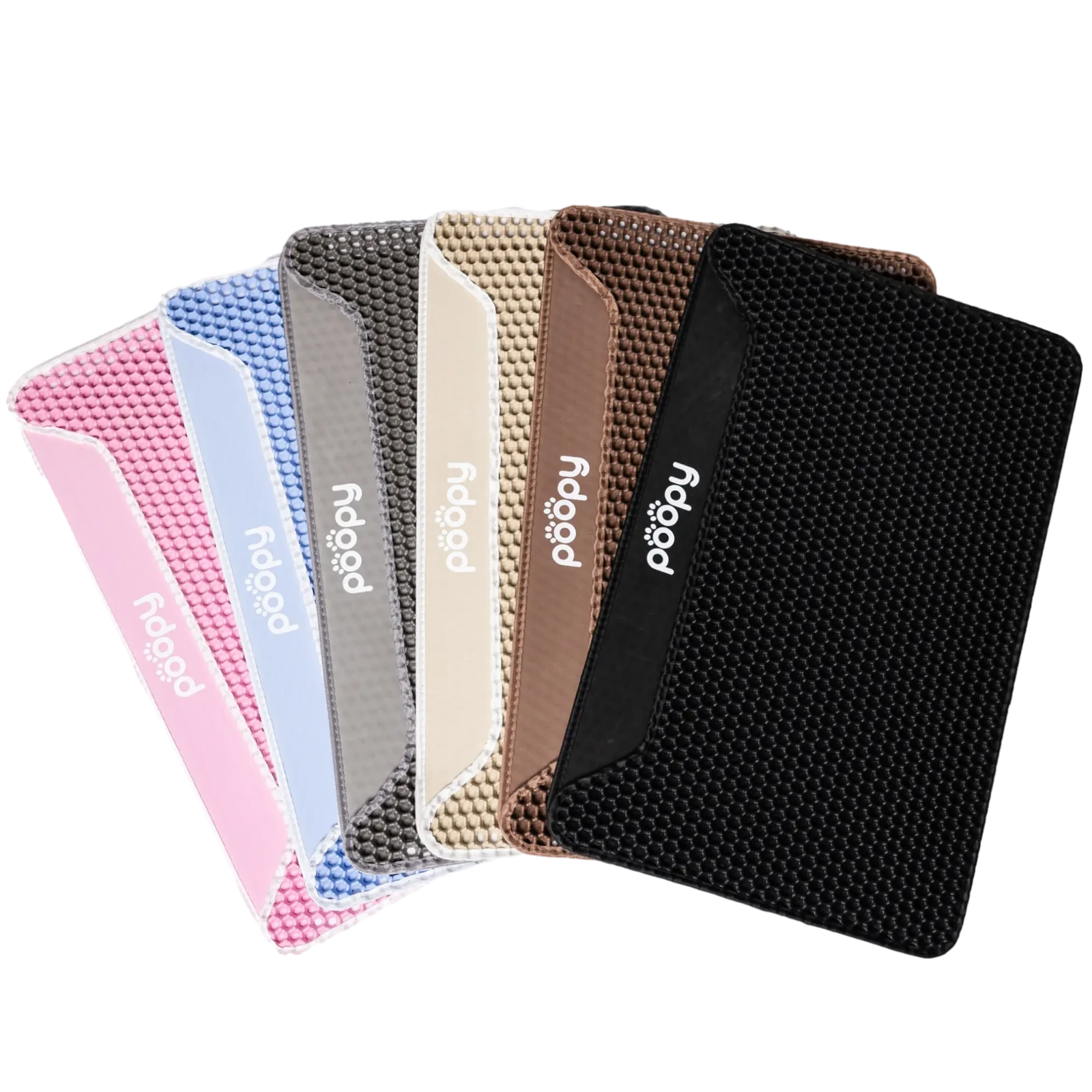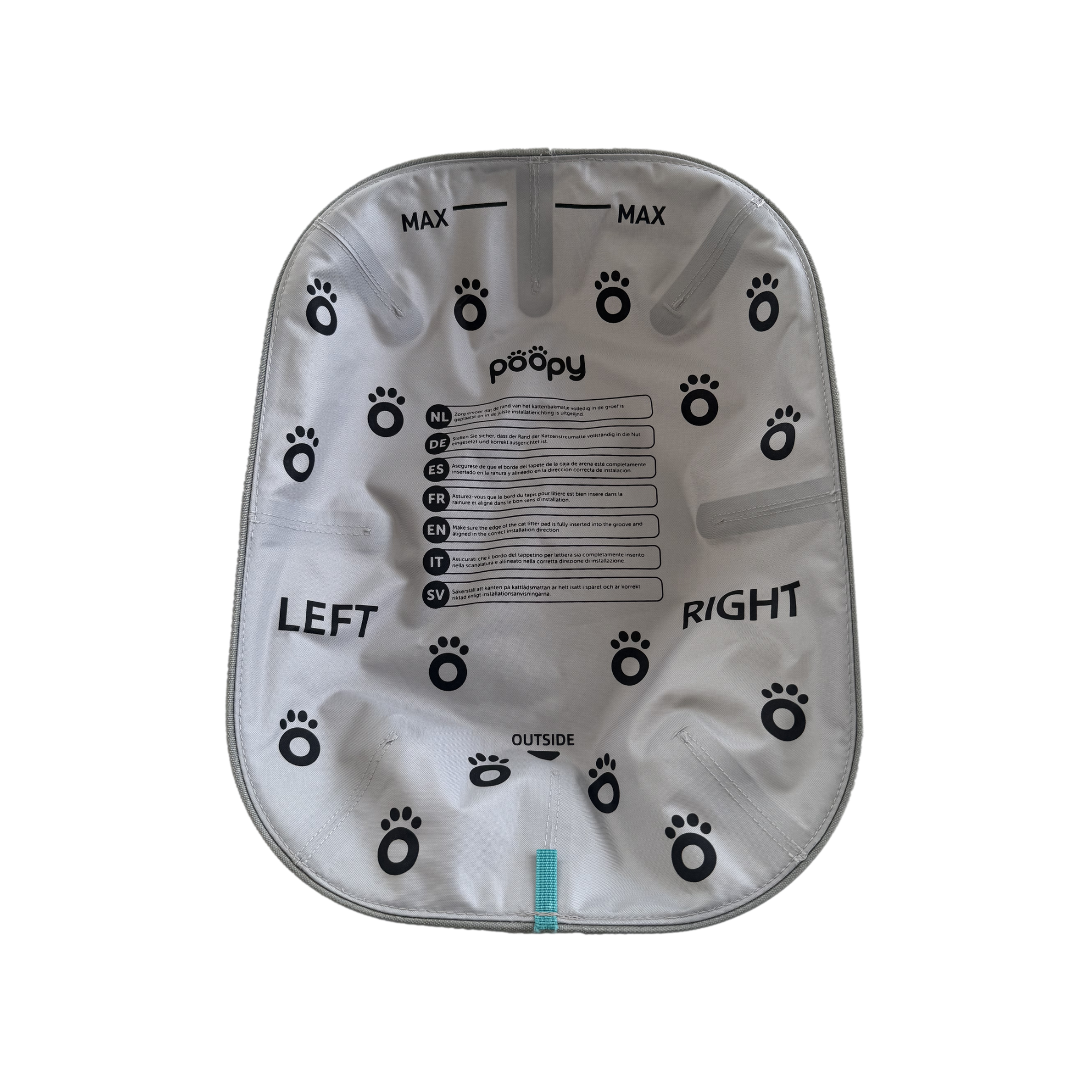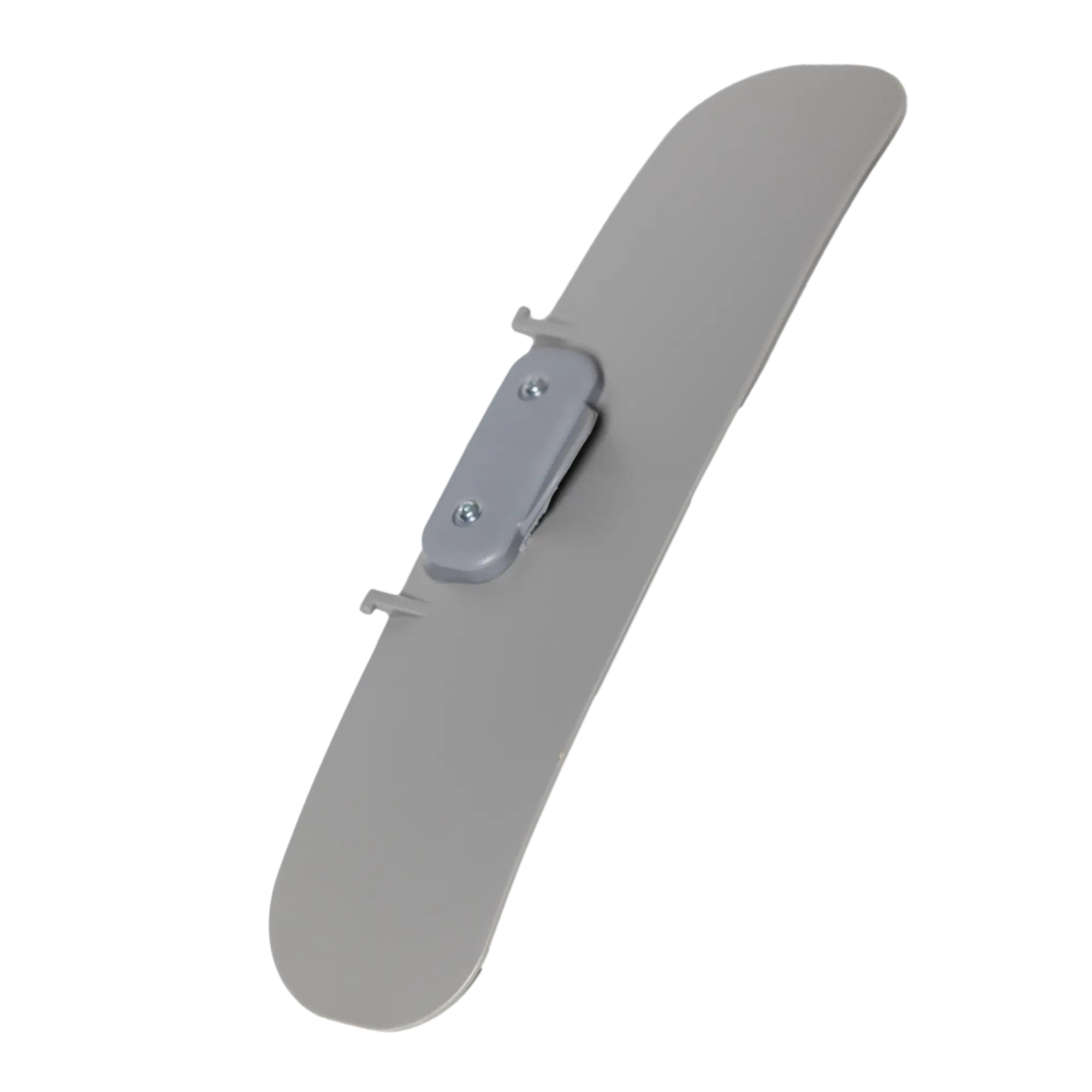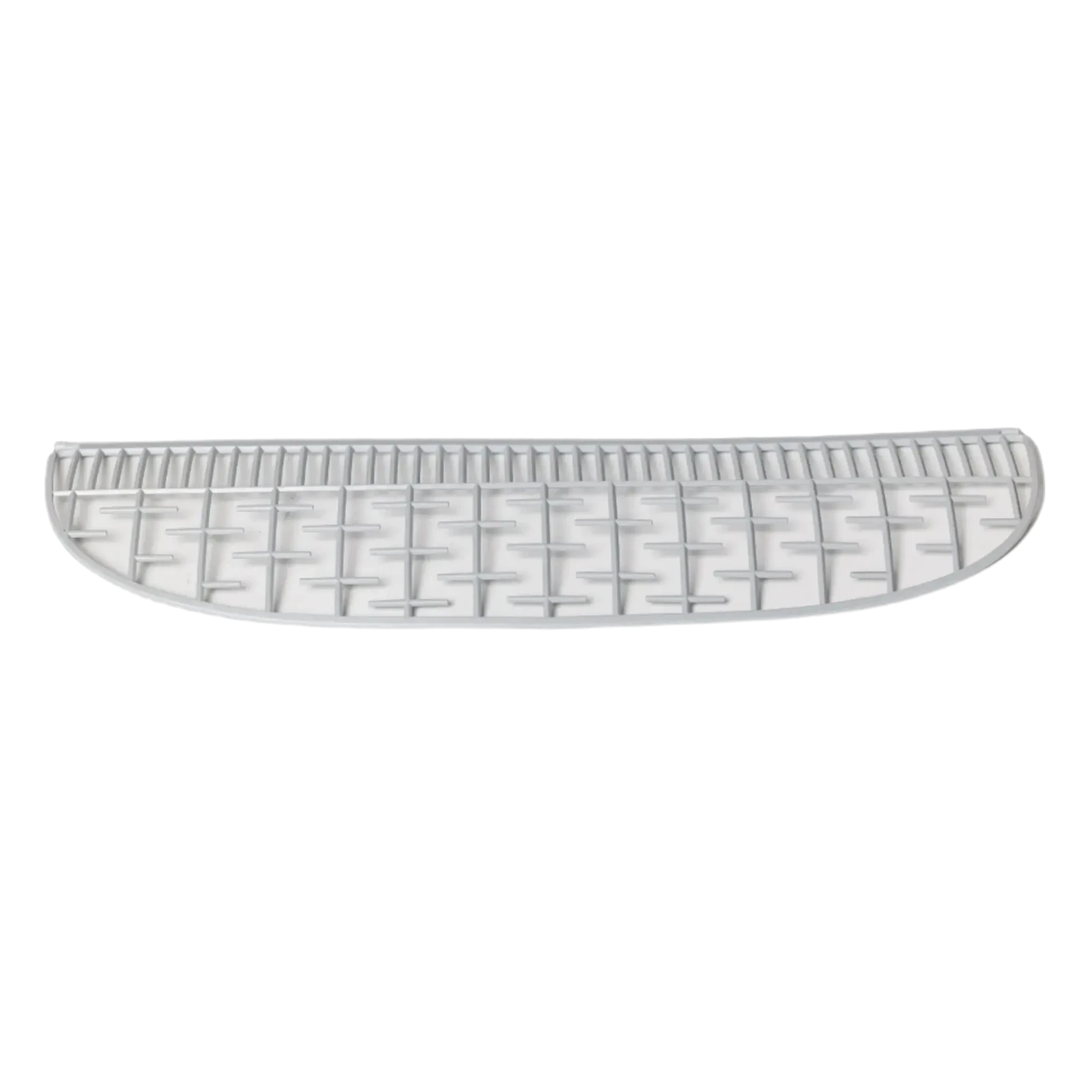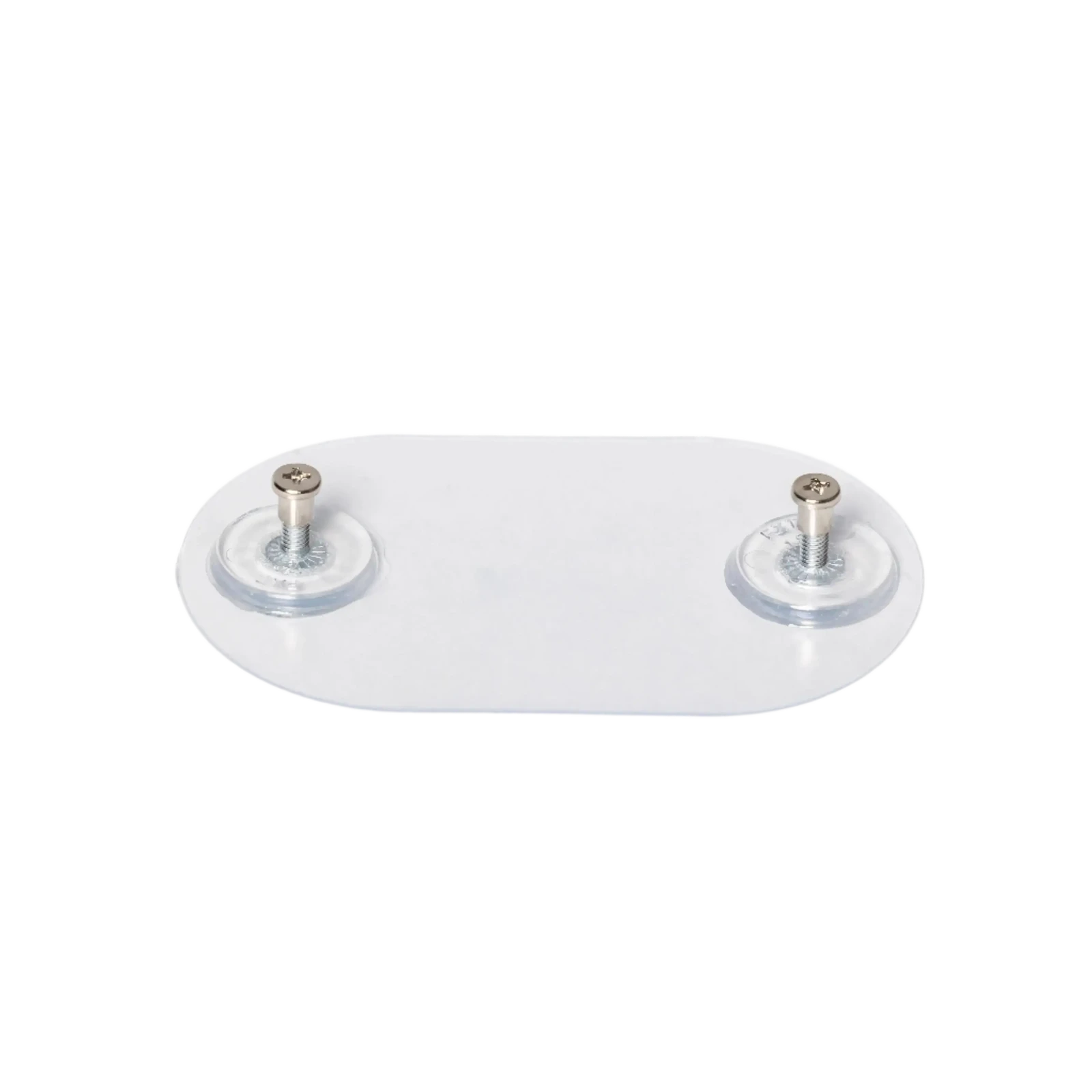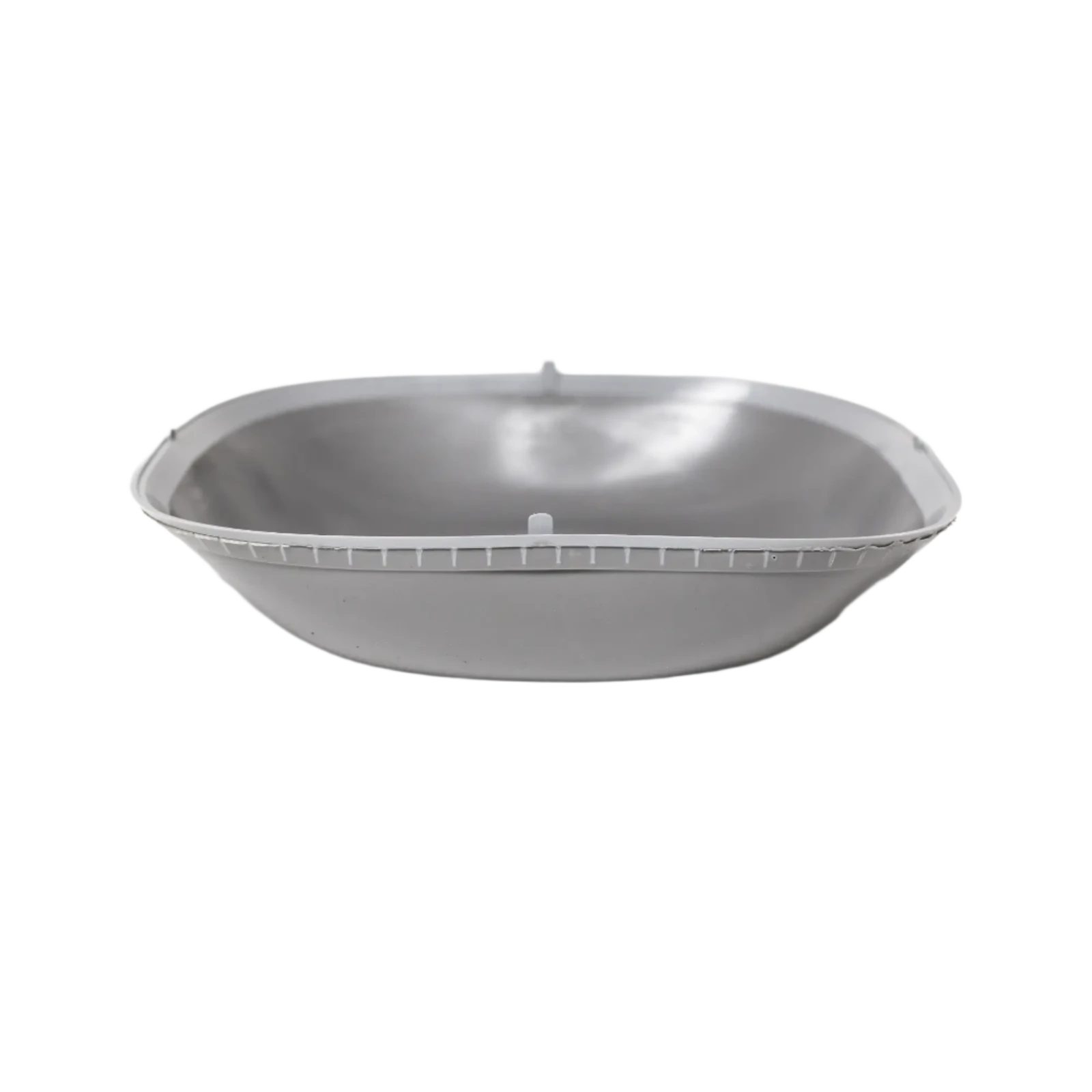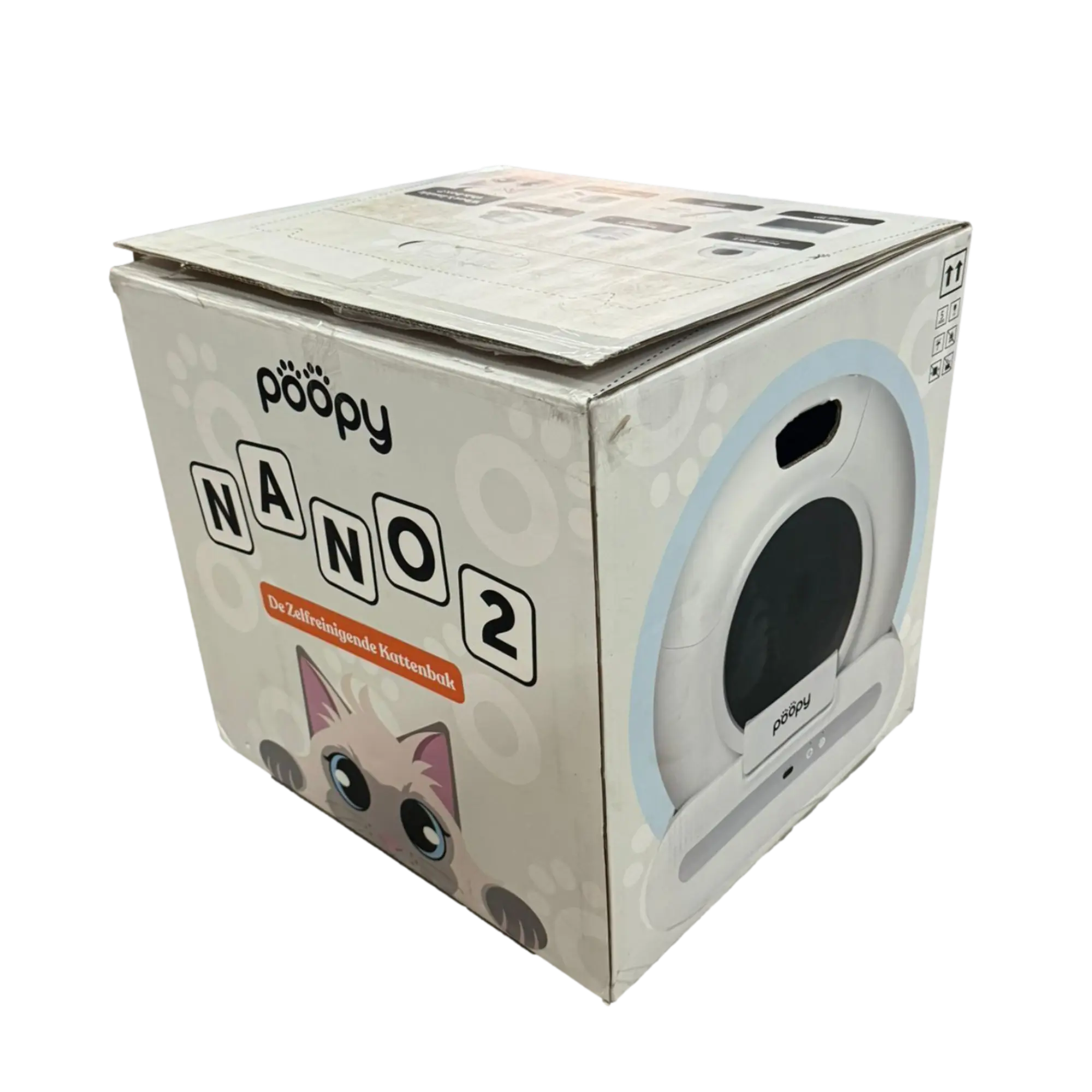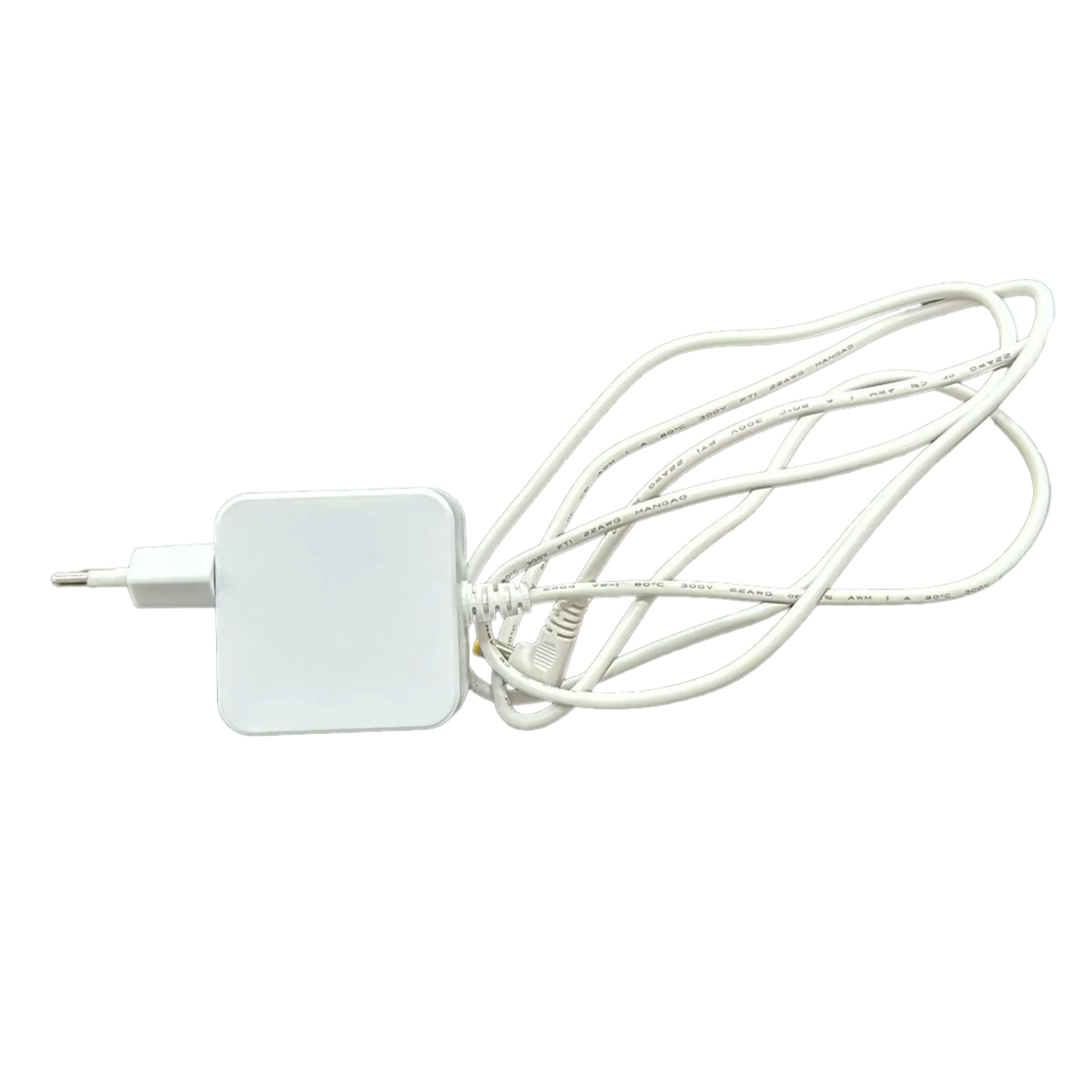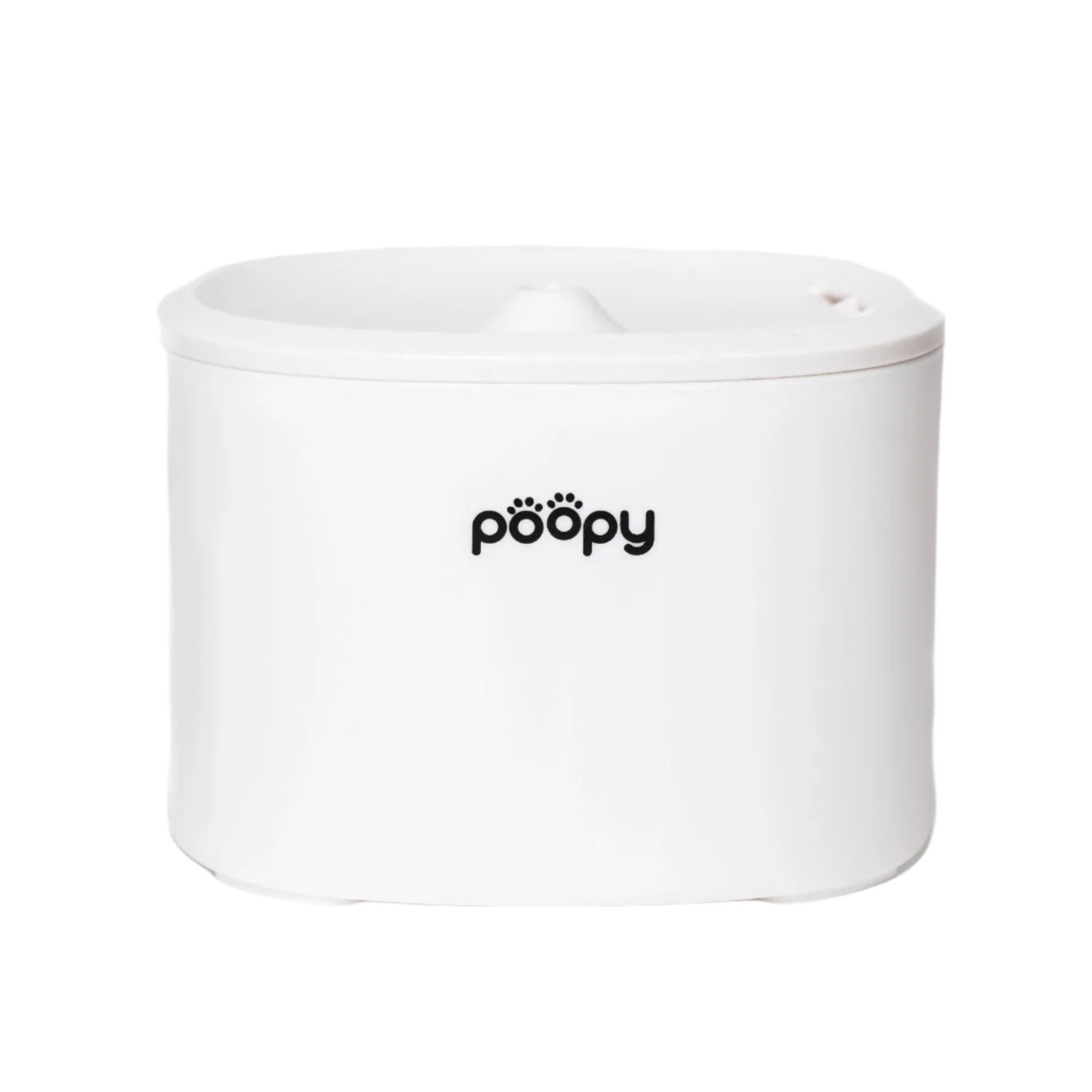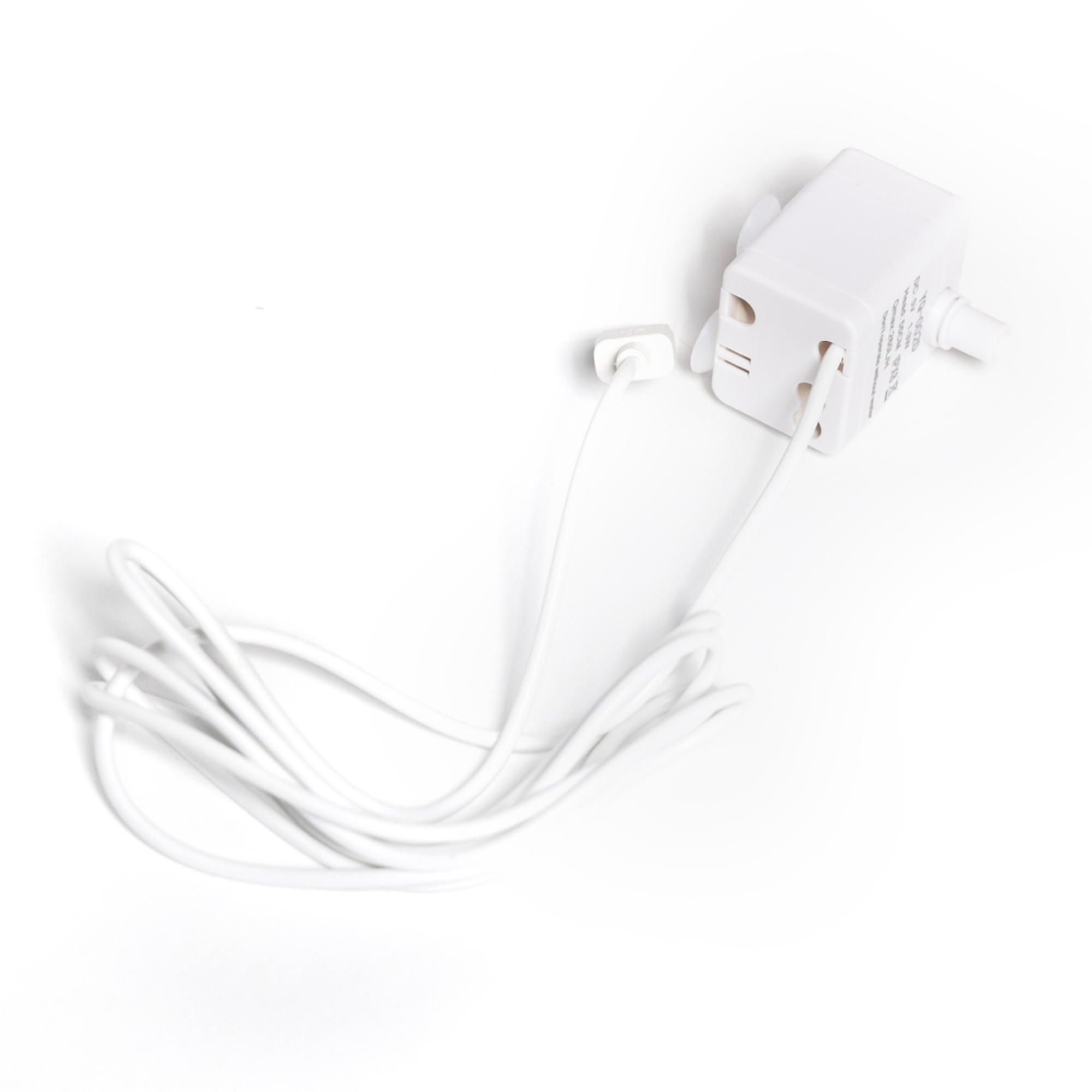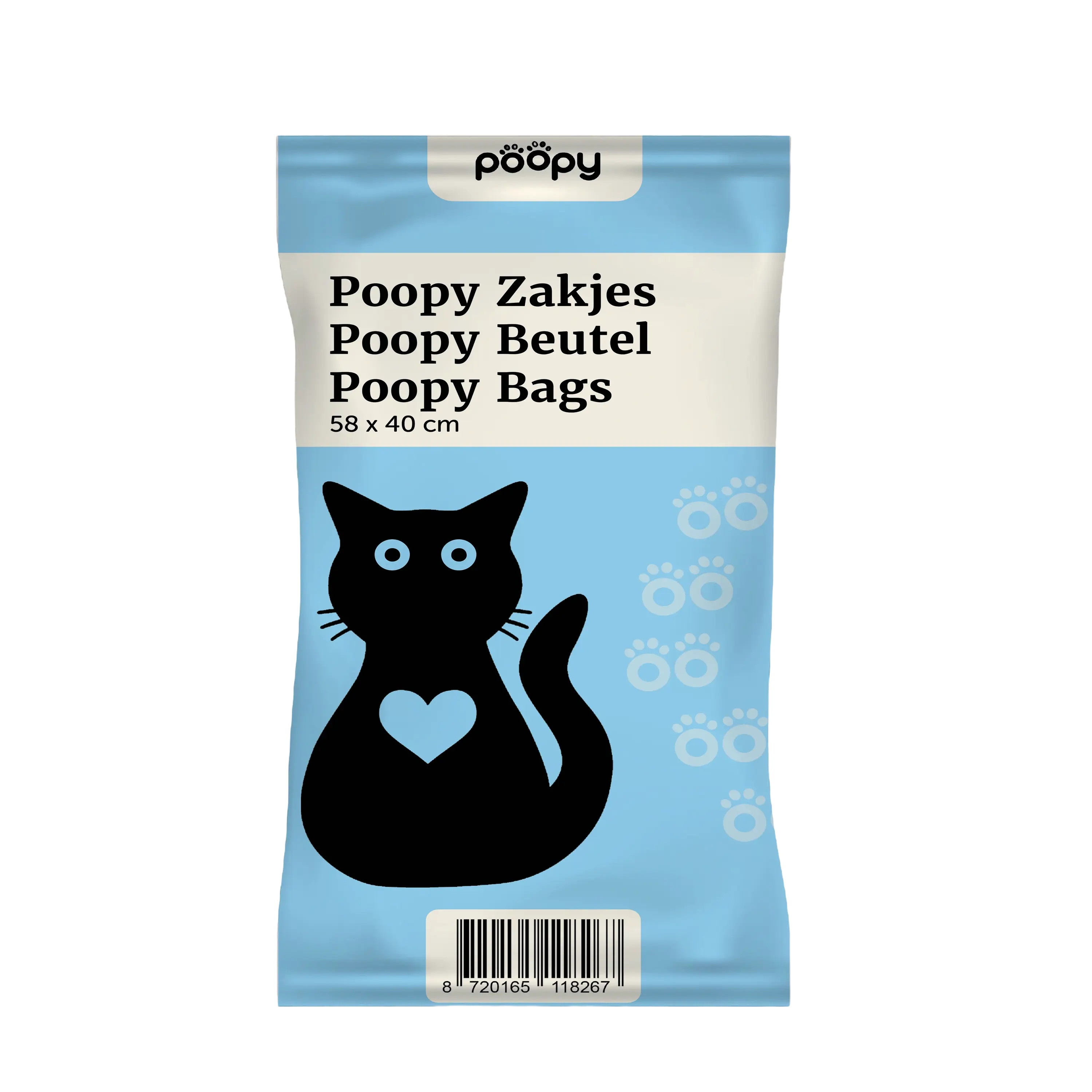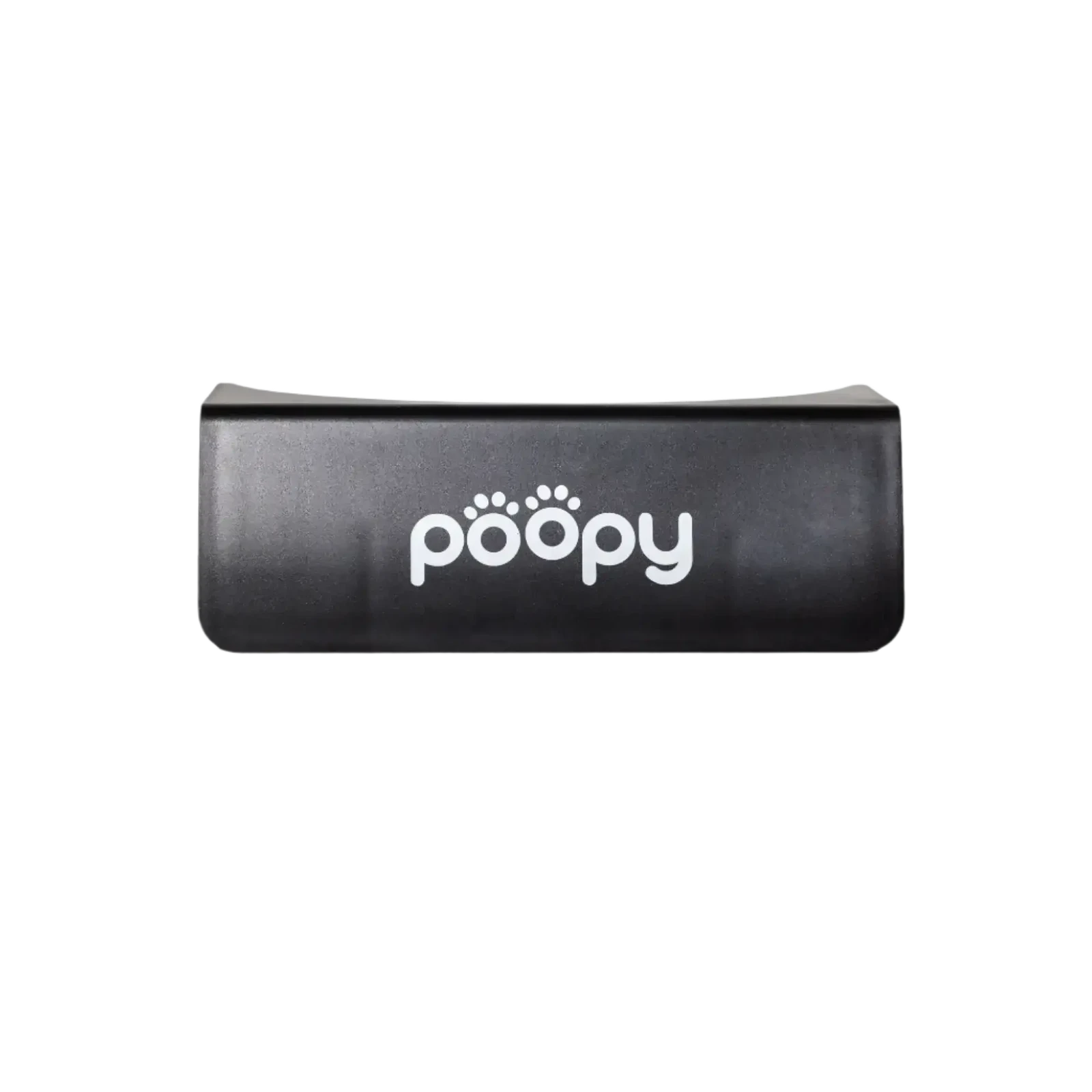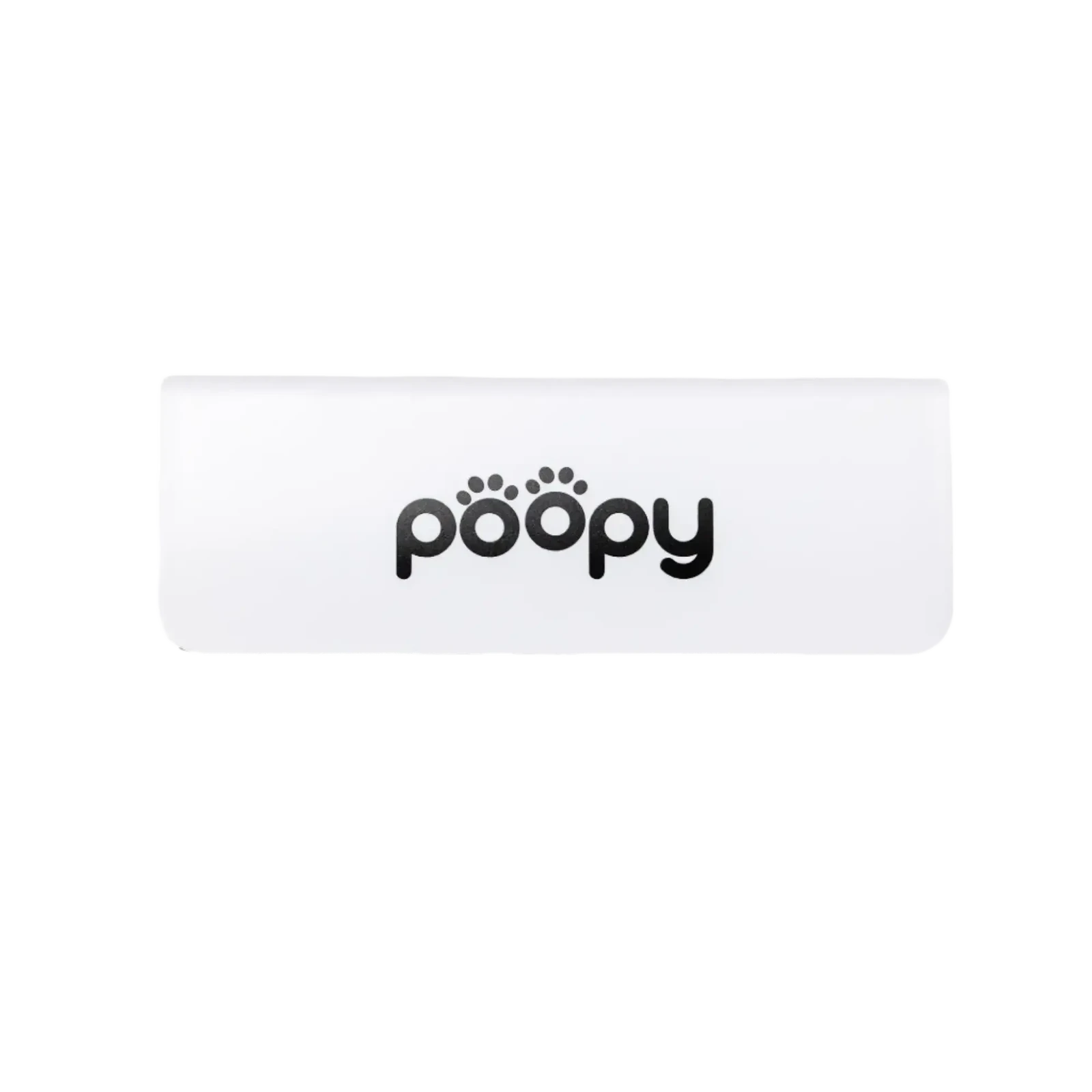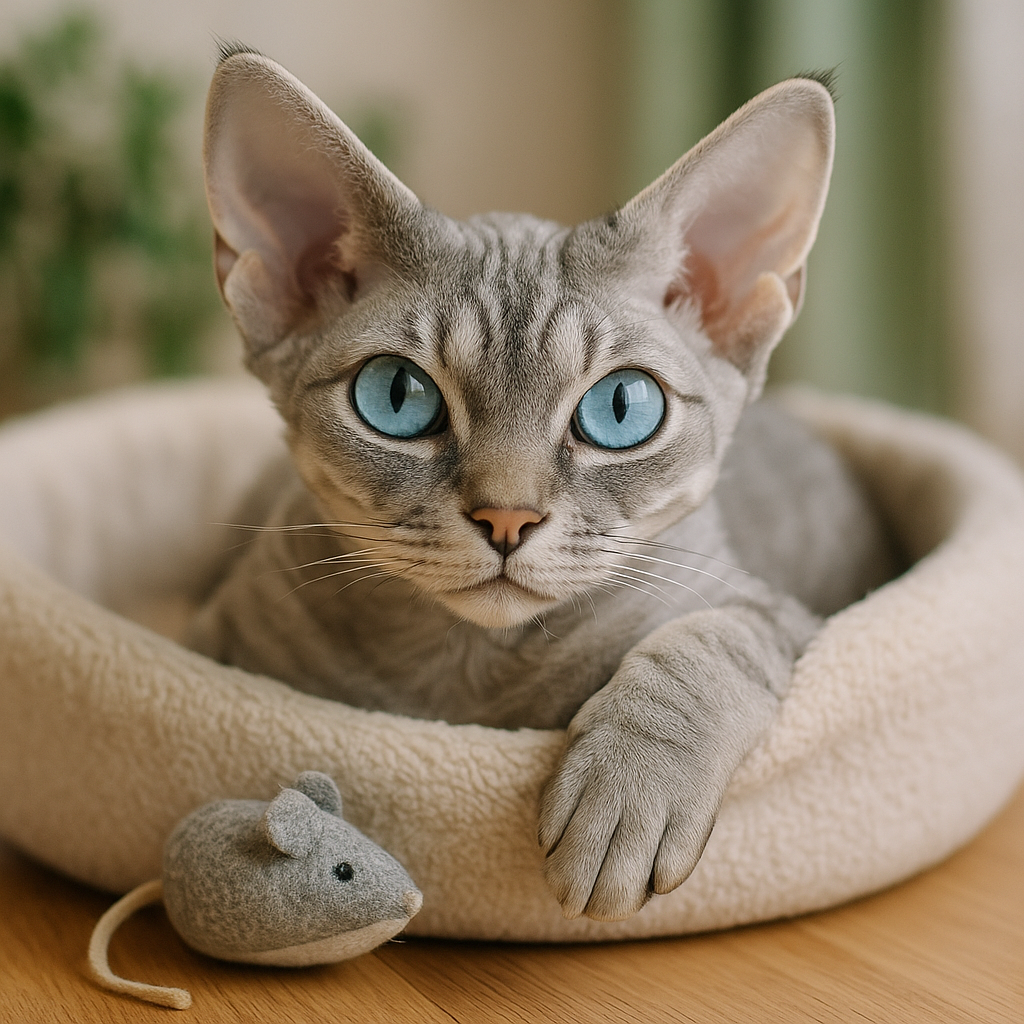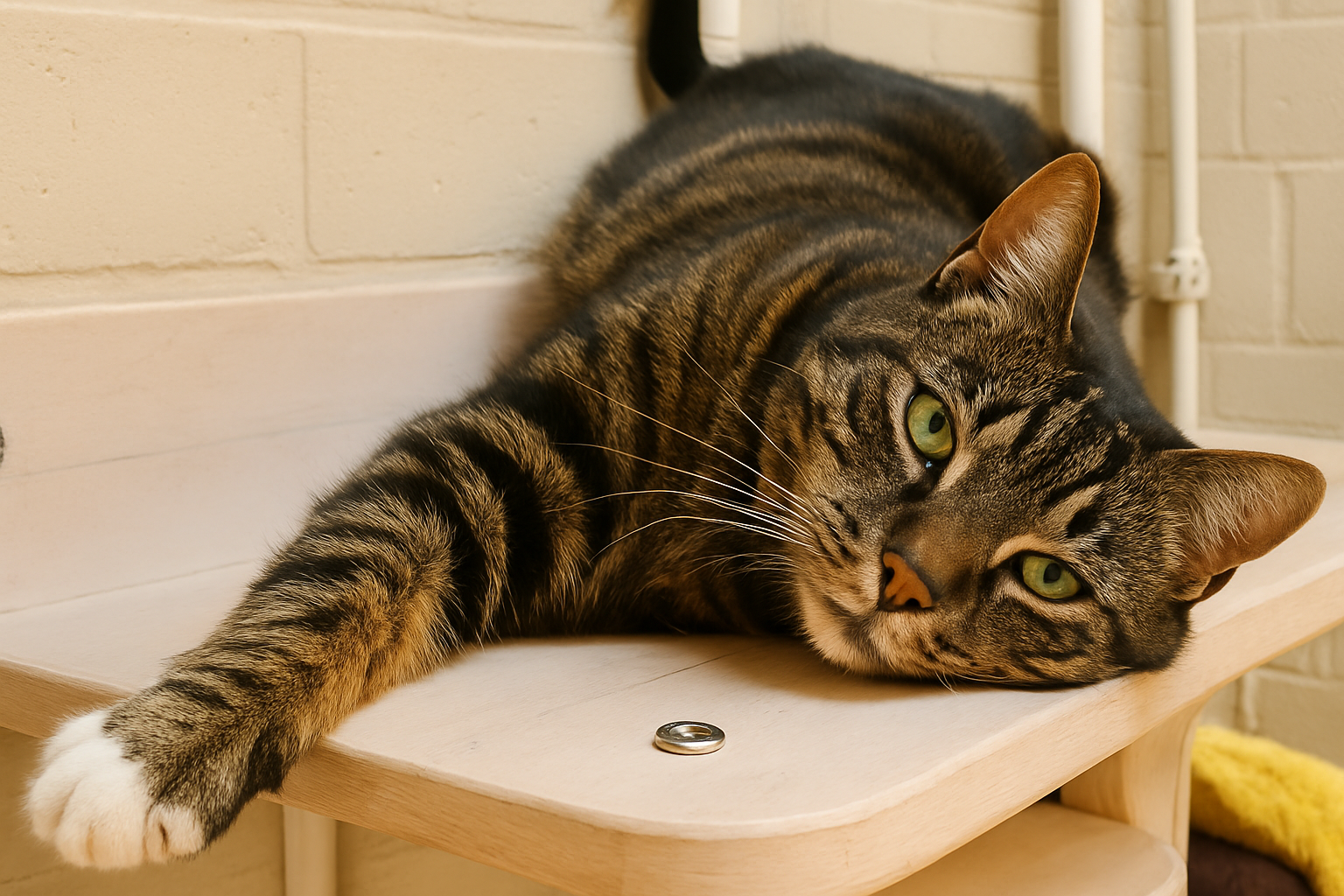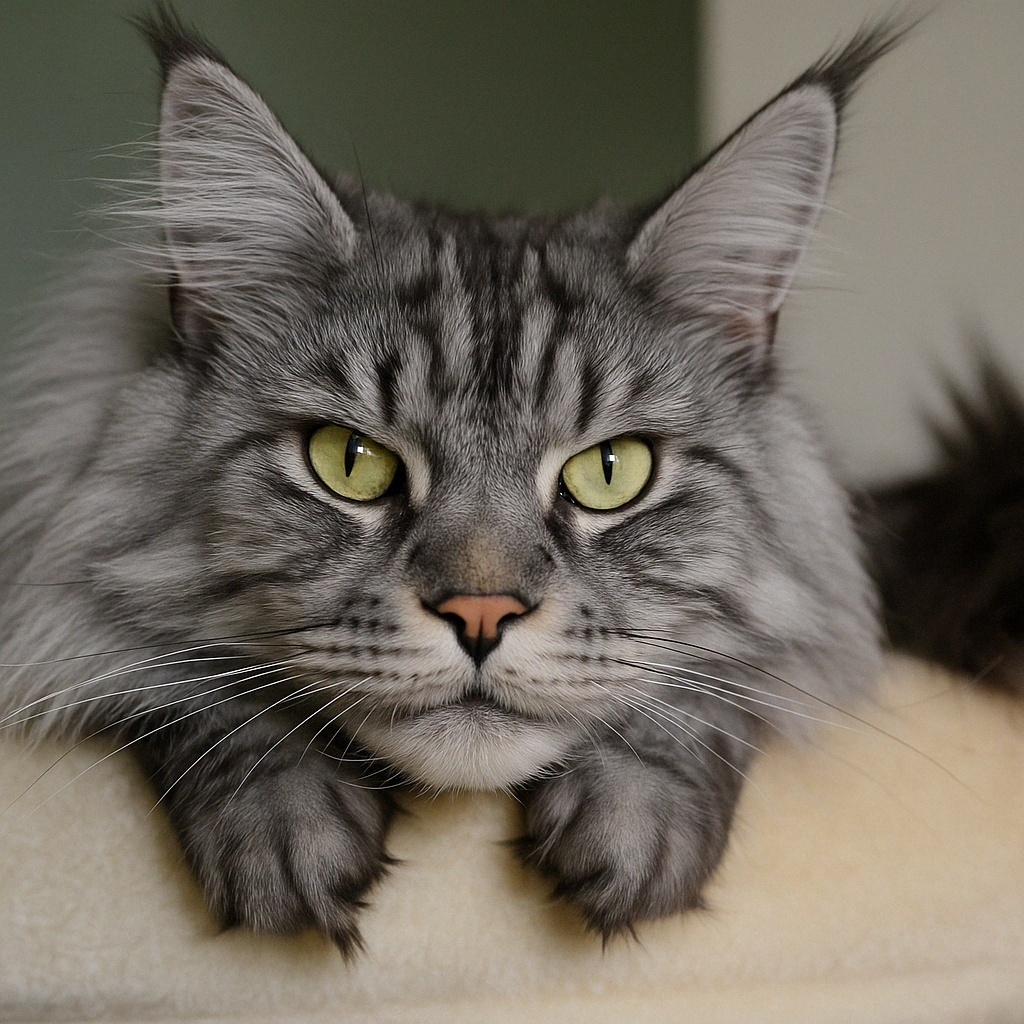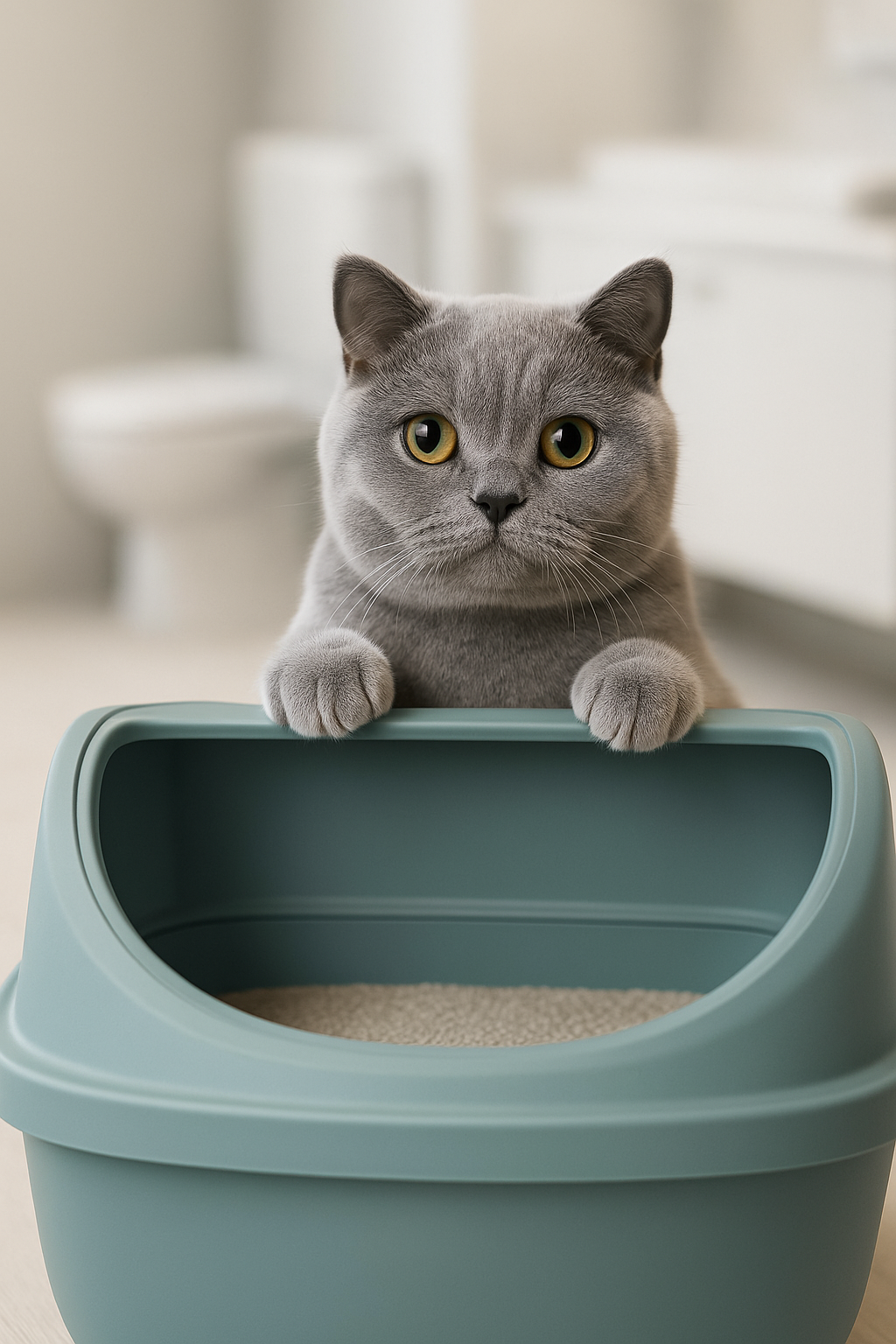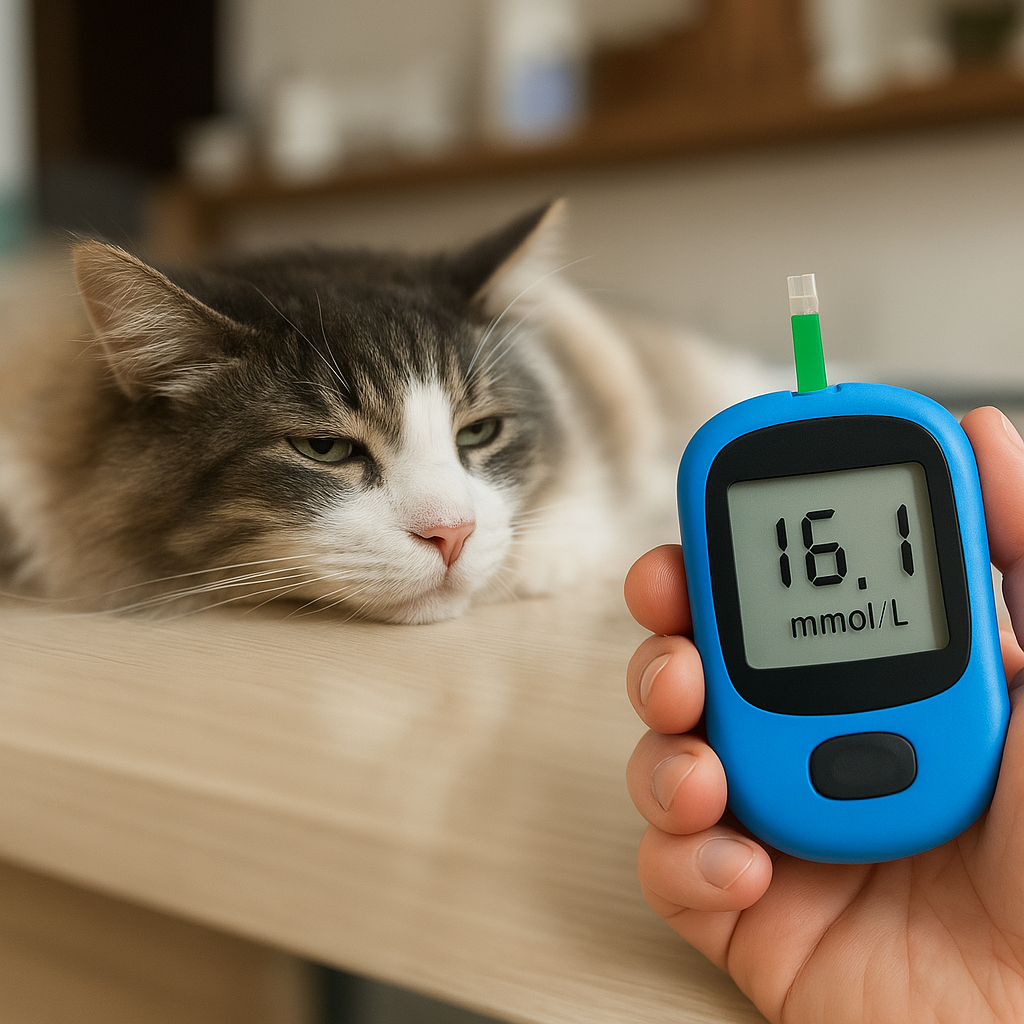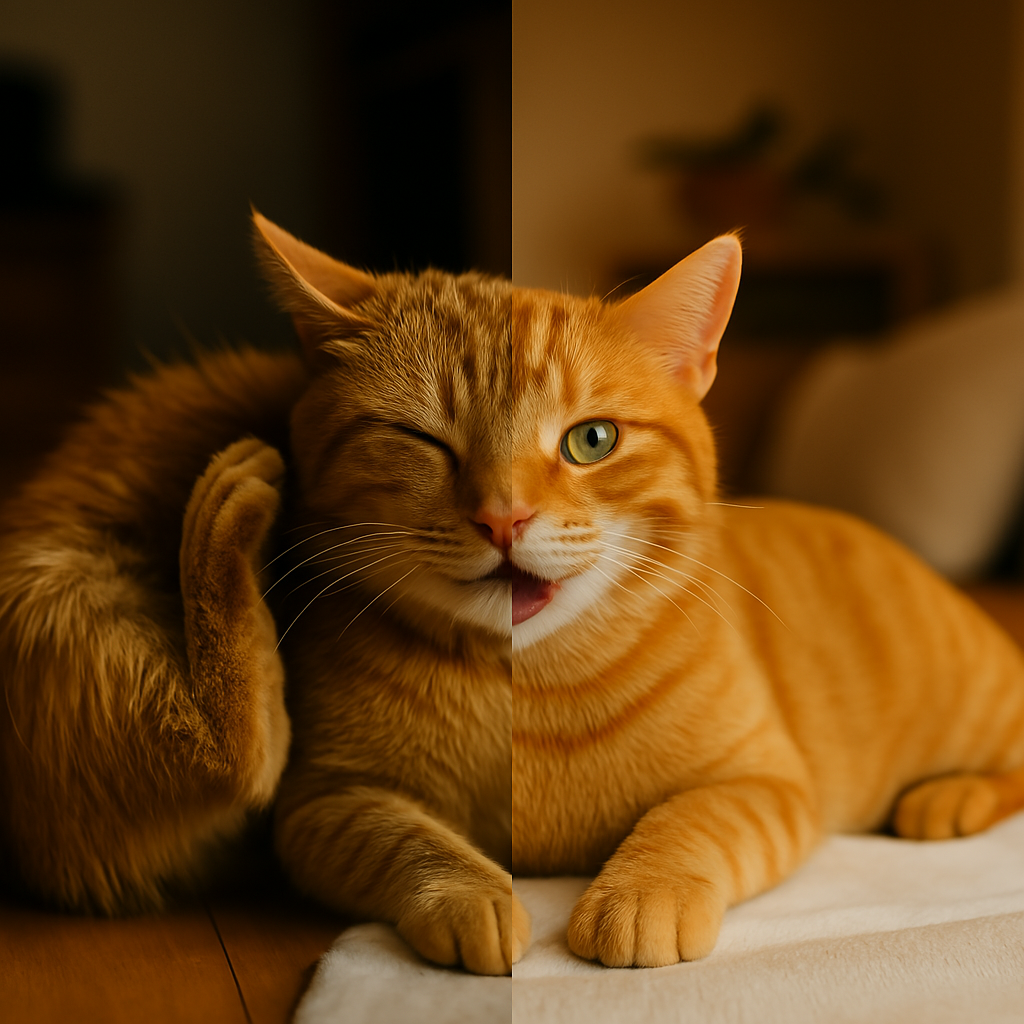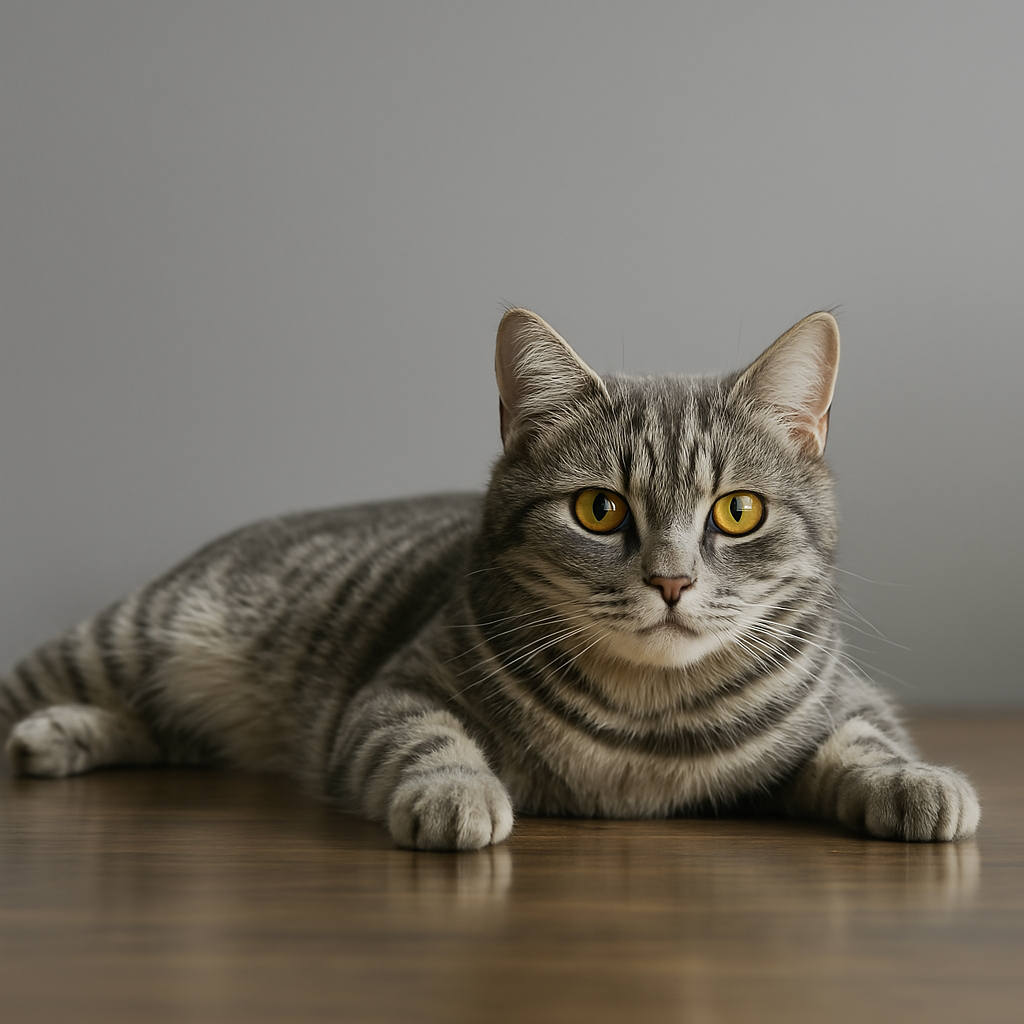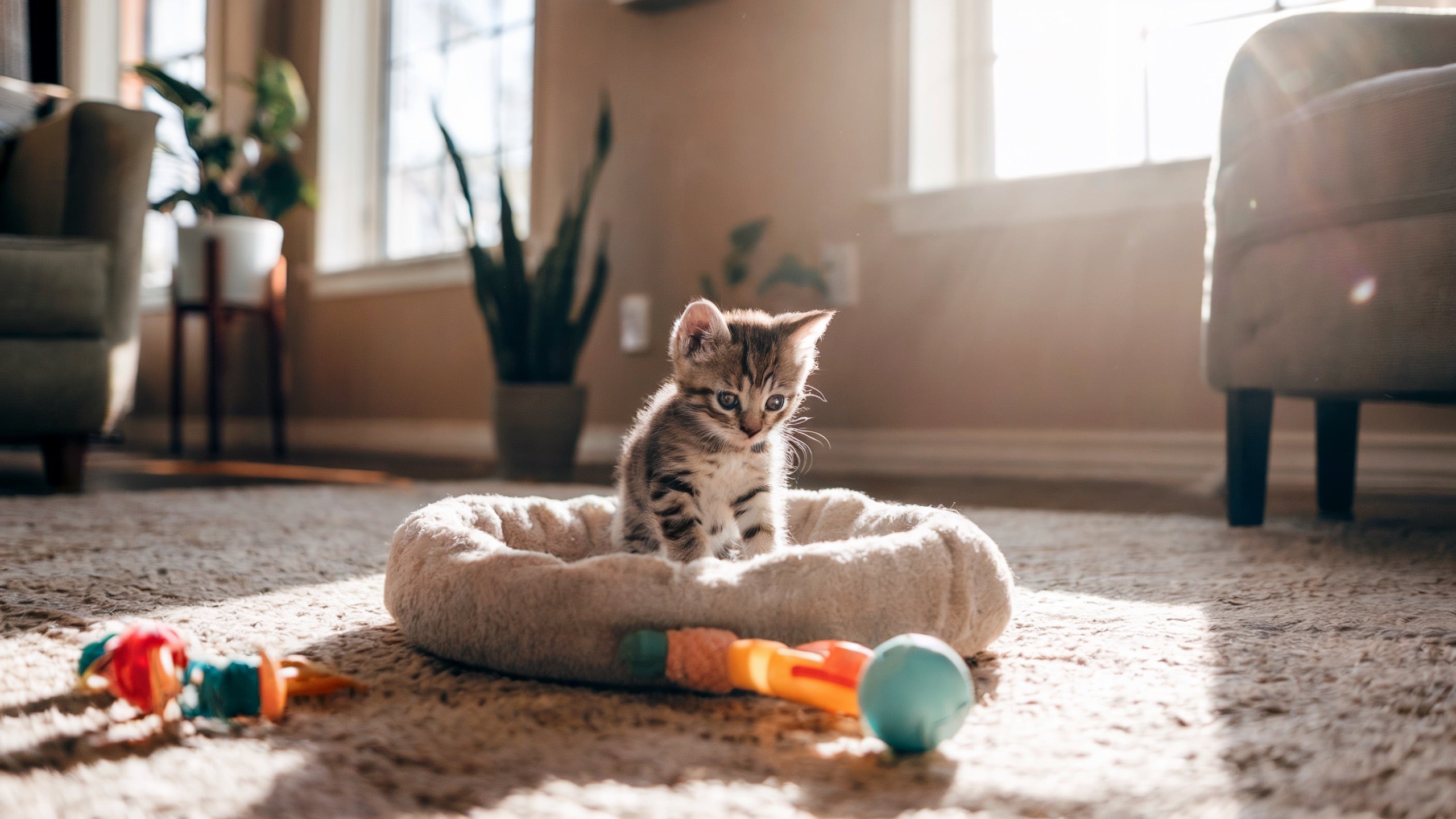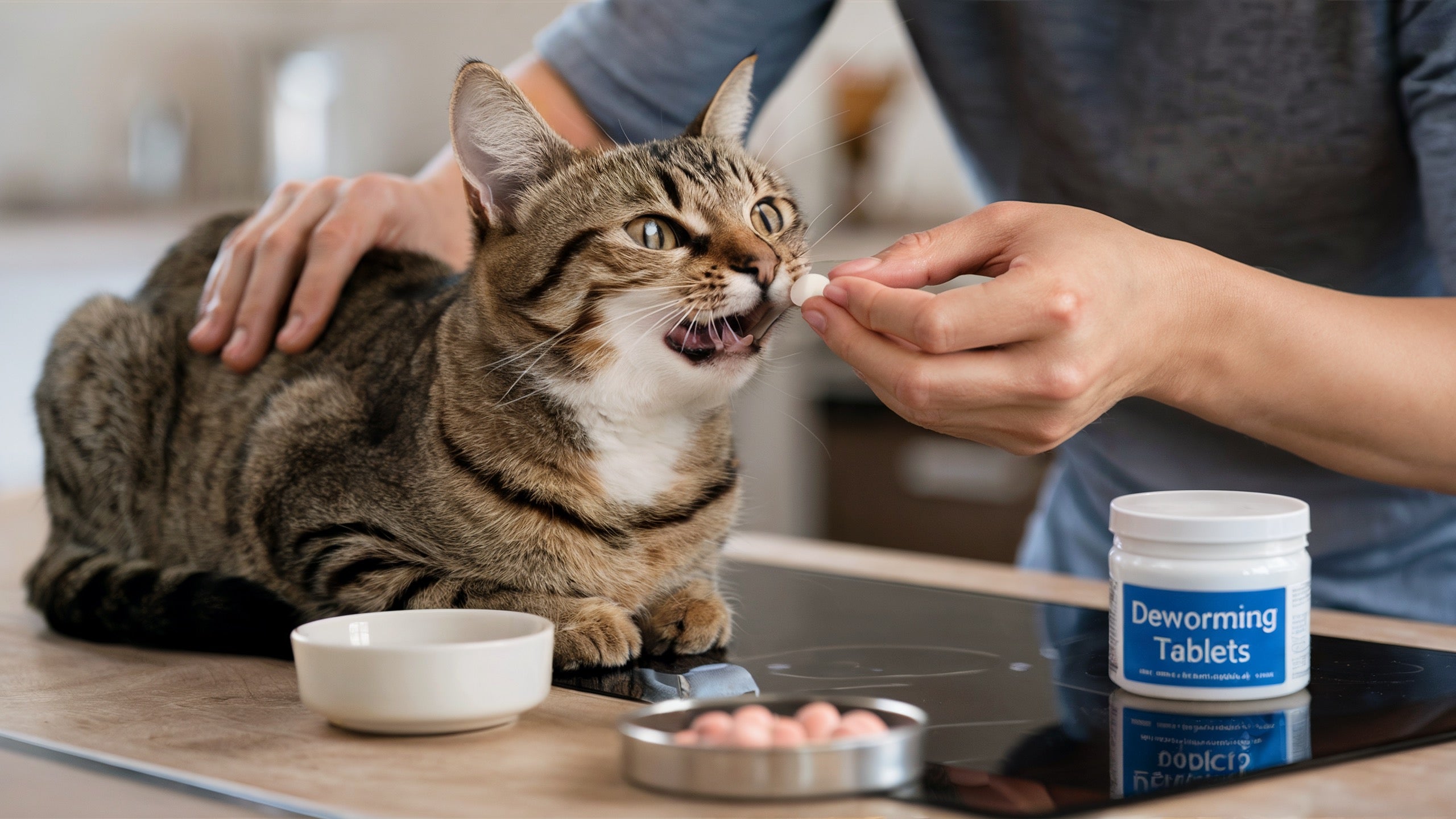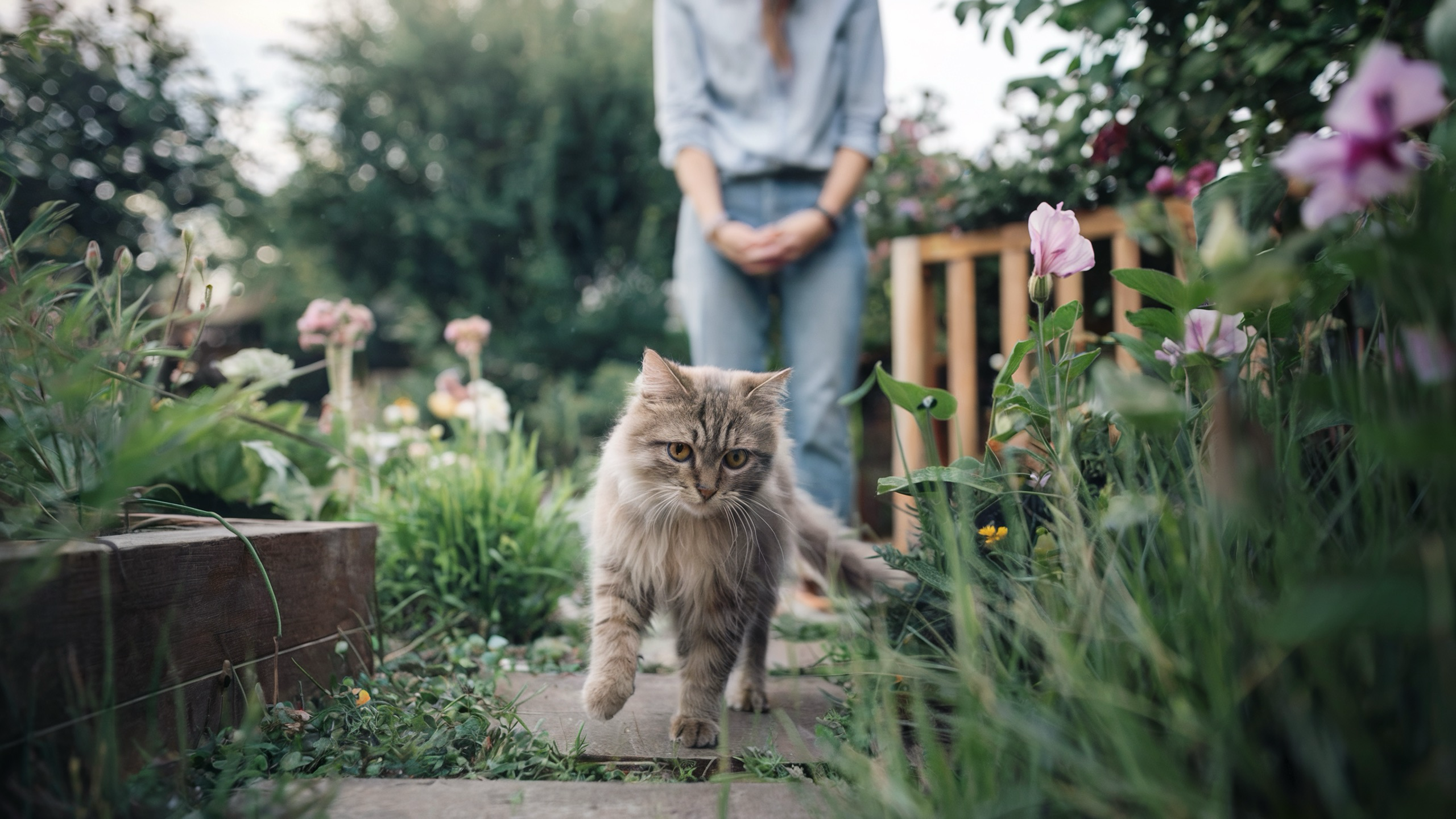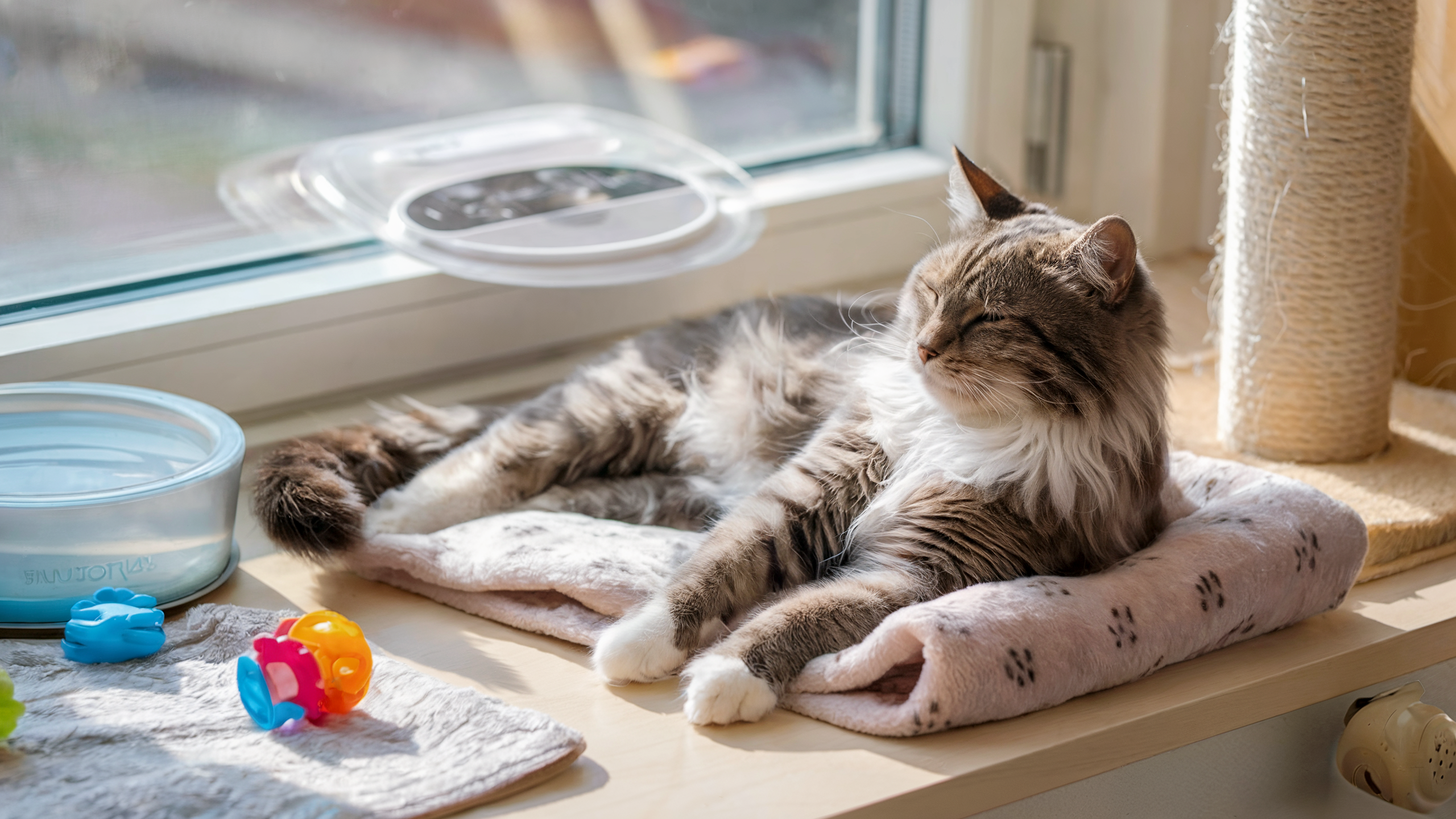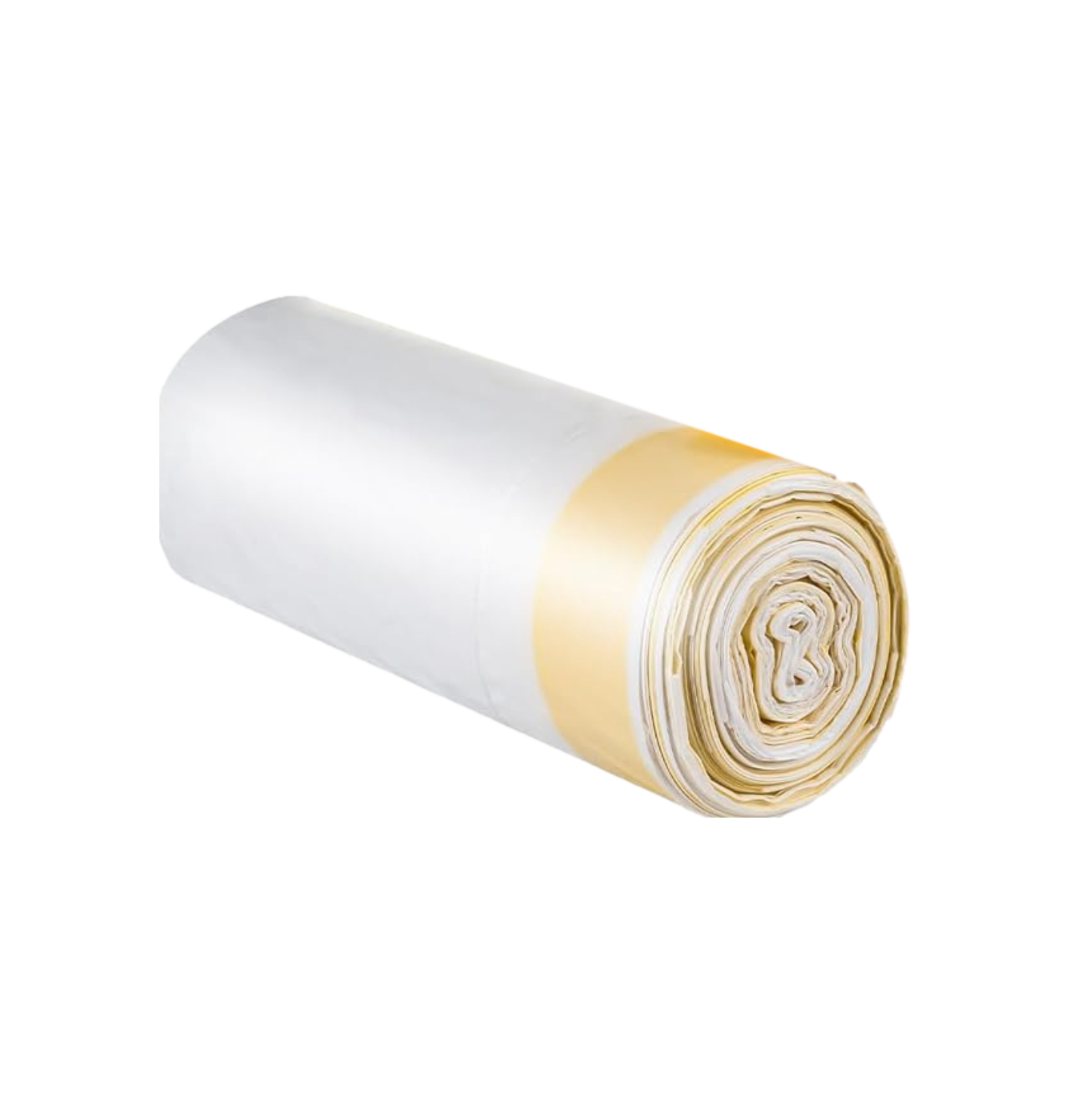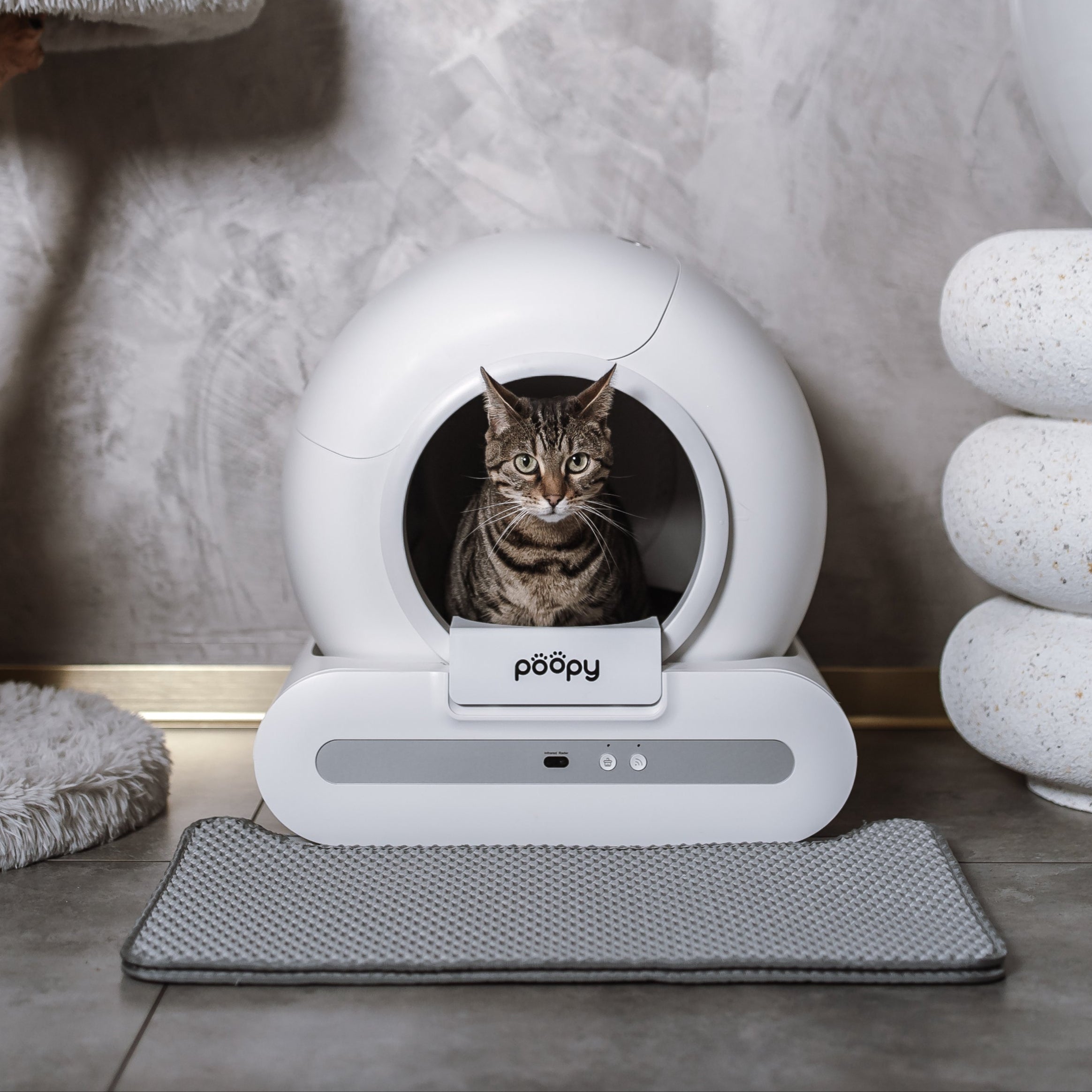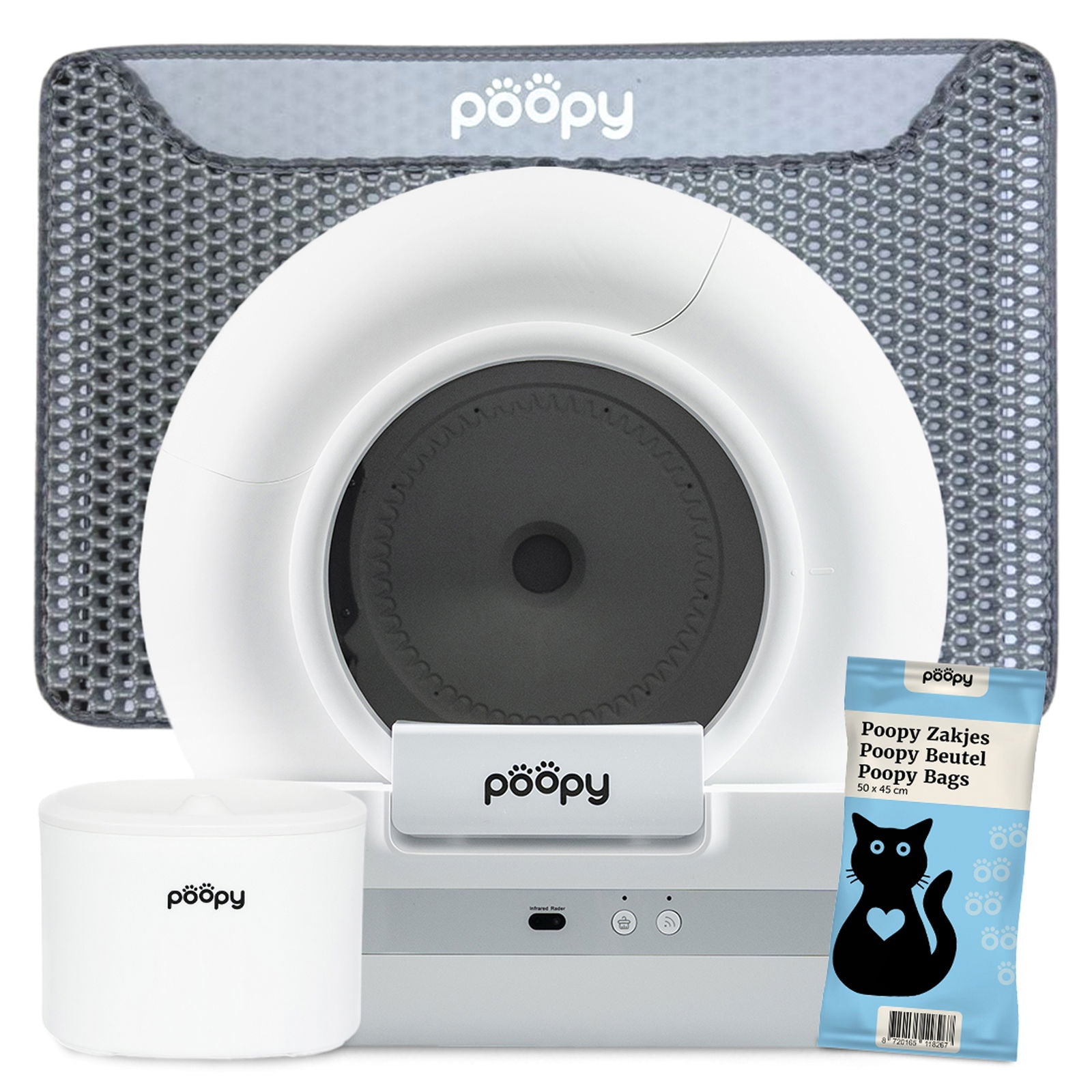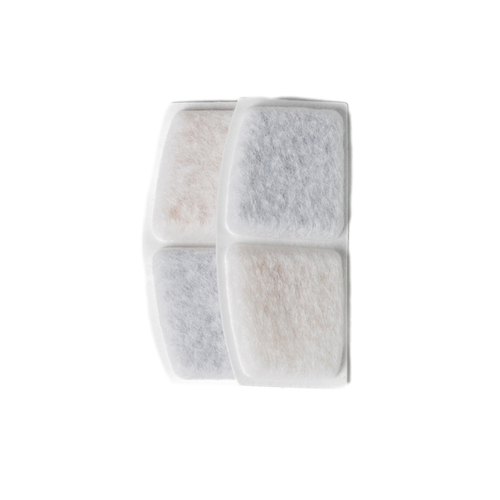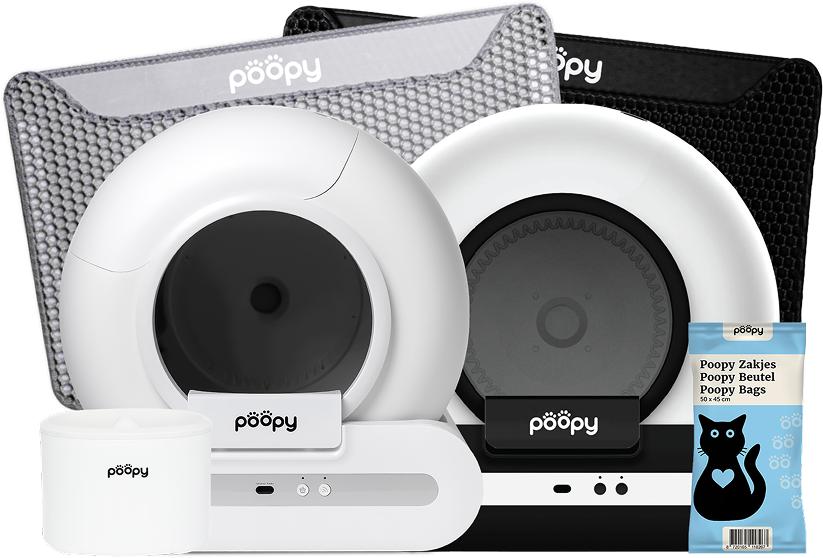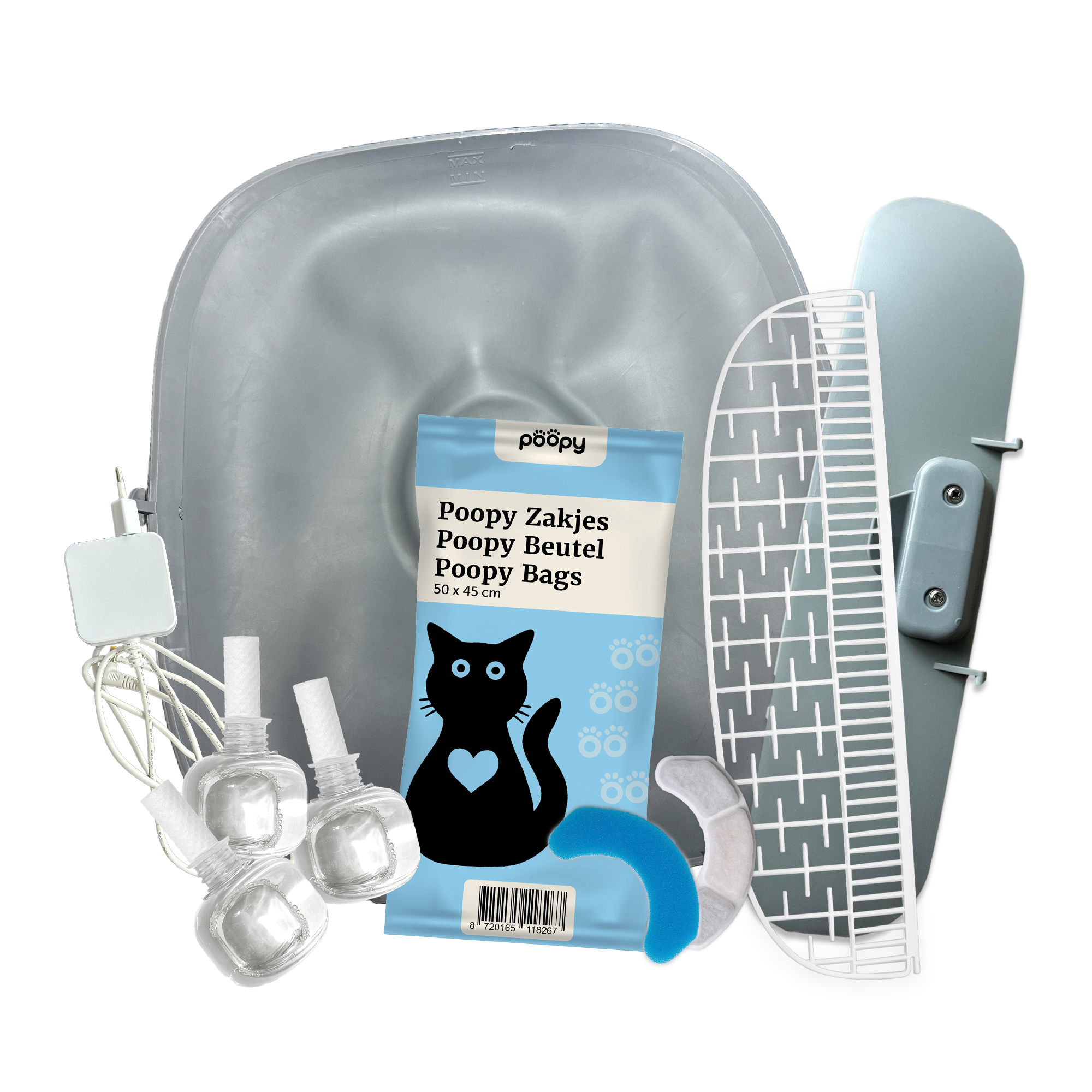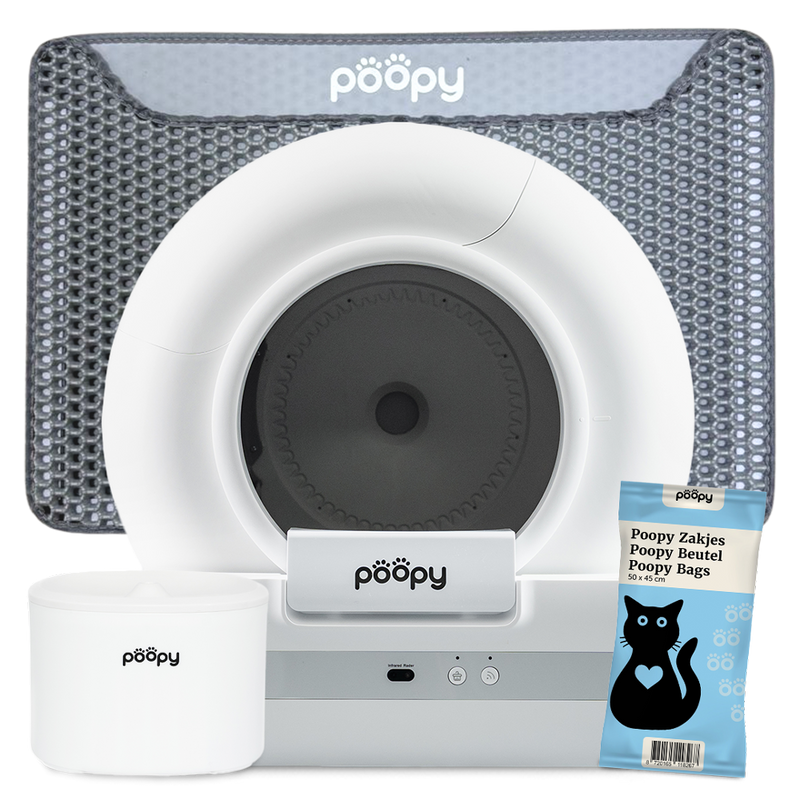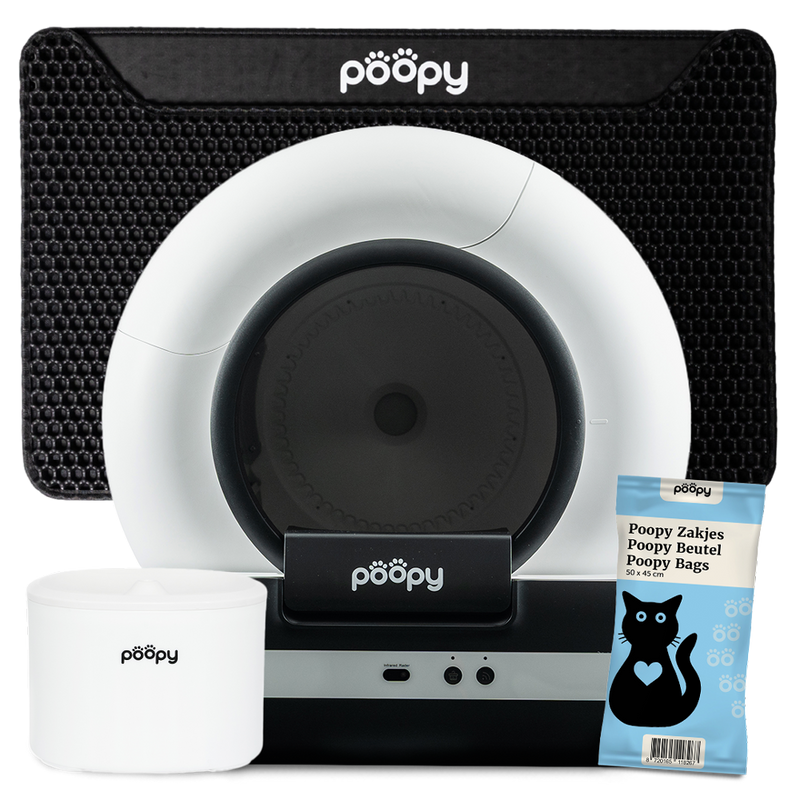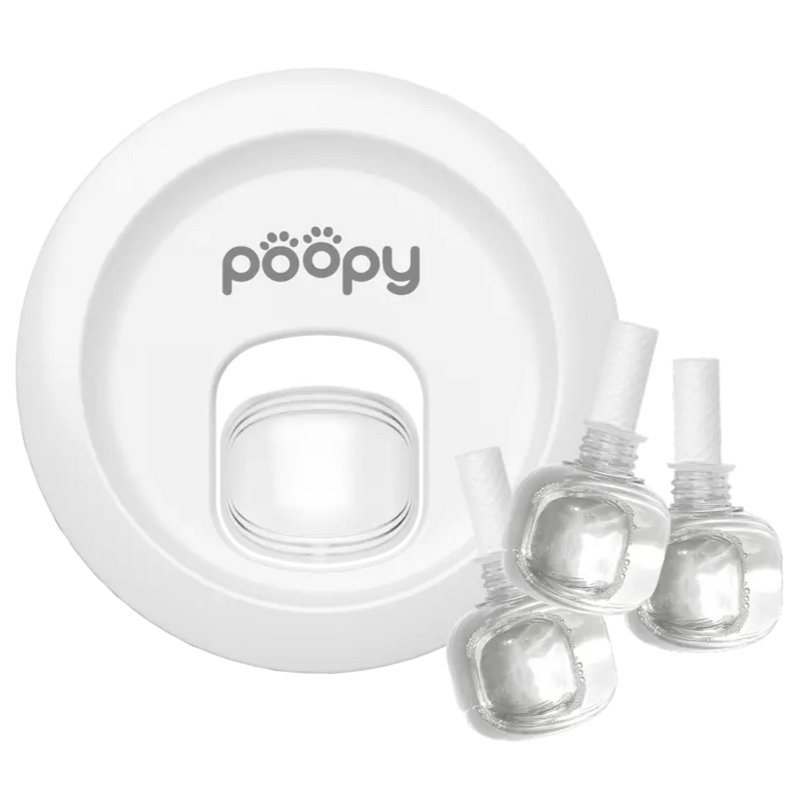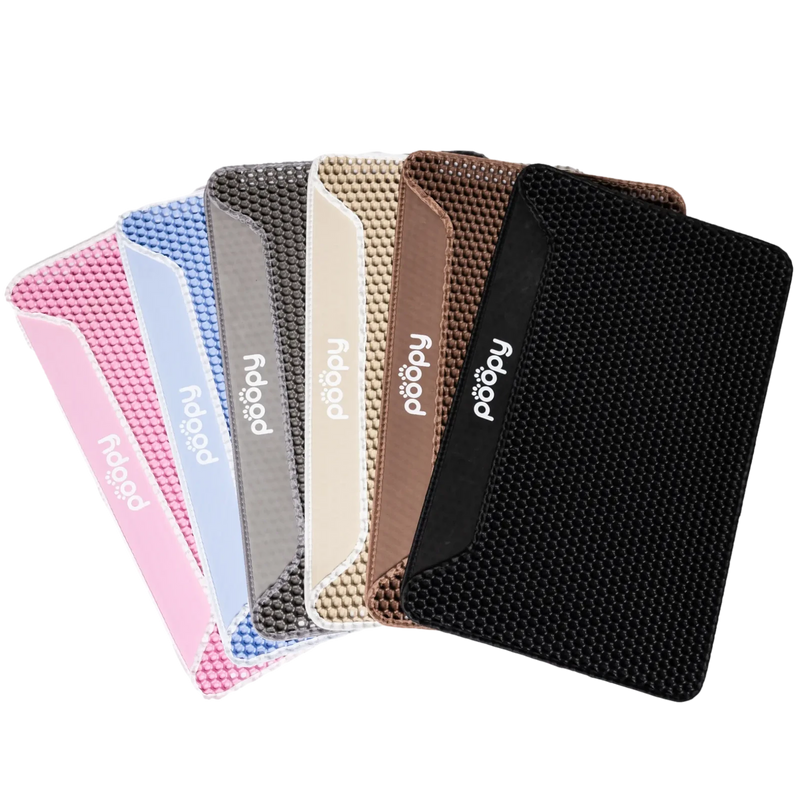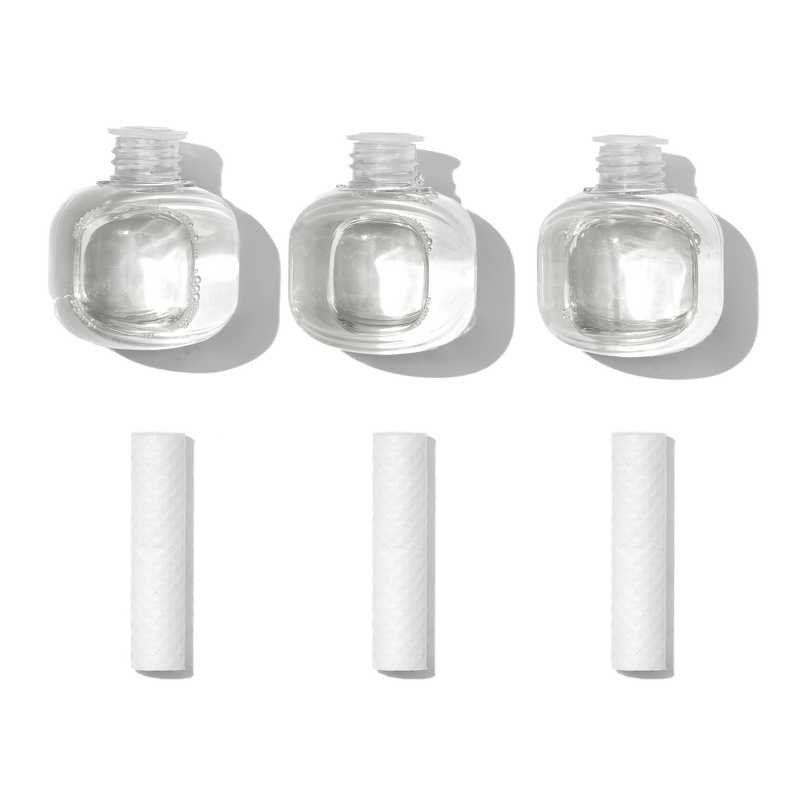What are fleas in cats?
Fleas in cats are small, blood-sucking parasites that can spread at lightning speed through the fur, the environment and other animals. A single flea can lay hundreds of eggs in a short time, which develop into new fleas within a few weeks. The result: an infestation that quietly spreads throughout your home.
A cat with fleas scratches a lot, licks itself more often and sometimes shows restless or avoidant behavior. But the problem doesn't stop there: fleas can also bite people, cause allergic reactions and other health problems. And that makes a flea infestation not only annoying, but also a serious risk for your cat and your household.
How do you recognize an infection, how do you treat it and how do you prevent it from ever coming back? You can read all about it here.
''A flea problem never solves itself. The longer you wait, the bigger the problem becomes - for your cat as well as your home.''
1. How do you know if your cat has fleas?
Your cat scratches a lot, is restless or seems to behave differently. Chances are your cat is suffering from fleas. But how can you tell for sure?
Fleas are extremely small parasites that feed on the blood of their host - in this case, your cat. They are brownish-black in color, barely bigger than a sesame seed, and move through the fur at lightning speed. This makes them hard to find with the naked eye.
Still, there are signs you can recognize fleas by:
-
Excessive scratching or licking: often at the level of the back, flanks or abdomen.
-
Restless behavior: Your cat seems nervous, sleeps worse or meows more.
-
Bald spots or redness: especially in cats with flea allergies.
-
Black dots in the coat: these are often droppings of fleas (flea droppings).
-
Itching yourself: Fleas can also bite humans, often on ankles or lower legs.
Want to know for sure if your cat has fleas? Then comb the coat with a special flea comb over a wet white cloth. Do you see black dots that turn red on the cloth? Then you're dealing with flea poop, which means your cat is infected.
How long can you leave a cat alone?
2. How do cats become infested with fleas?
Many people think fleas jump from one animal to another, but that rarely happens. In fact, research shows that cats usually contract fleas through their environment. Infection follows a distinct cycle:
-
Adult flea on your cat
An adult flea lives on your cat and sucks blood. After this meal, it lays tens to hundreds of eggs a day in the fur.
-
Eggs fall in the house
The eggs roll off the fur and fall in places where your cat likes to lie: the carpet, baskets, couches or between floor mats. Or even worse those dirty (litter box)
-
Larvae grow in dark places
From the eggs come larvae. These larvae like dark places such as carpet edges, cracks and seams. They feed on flea droppings (old blood residue from the adult fleas) and grow into pupae.
-
Pupae wait patiently
Pupae are a kind of protected cocoon in which an adult flea develops. At this stage, they can lie quietly for weeks or even months, waiting for warmth or vibration.
-
New fleas pounce on your cat
As soon as the pupae sense vibration or warmth, such as from your homecoming after vacation, they hatch en masse. The adult fleas jump directly on a cat walking by and start the cycle all over again.
Thus, a single infestation can grow into a serious flea infestation in a short period of time, even without direct contact with other animals. Your home actually poses the greatest risk for reinfestation.

3. How do fleas affect your cat?
Many people think of fleas primarily in terms of itching. But unfortunately, fleas are more than just irritating. They can lead to serious physical complaints in your cat and even cause health problems in you and your family. The longer the fleas remain undisturbed, the worse the consequences can become.
Itching and skin problems
The first and most visible problem is intense itching. Your cat becomes restless, scratches a lot, and bites itself to get rid of the discomfort. This constant scratching quickly leads to irritated spots, red rashes and wounds that can easily become inflamed.
Flea allergy in cats
Some cats develop flea allergies over time. This means their bodies react excessively violently to flea saliva. Even a few flea bites can then lead to severe skin inflammation, bald patches and an overall deterioration in your cat's health.
Risks to you and your family
Fleas are not limited to animals. People can be bitten as well. Especially small children or people with sensitive skin experience red, itchy bumps that last for days. Fleas that have taken up residence in your home easily jump to anyone nearby.
In short, the longer fleas have a chance to multiply, the bigger the problem becomes - for your cat and for your family. This brings us directly to the most important question: How do you treat fleas effectively and keep them from coming back?
4. How to treat cat fleas effectively
Fighting fleas requires a clear and structured approach. Just treating your cat is not enough - fleas can also be found in your environment. Therefore, we clearly explain below the steps you need to follow to get rid of fleas and how to prevent them from coming back.
The 3-step approach:
Step 1: Treat your cat
Choose proven effective remedies to eliminate fleas quickly and safely:
-
Pipettes in the neck (such as Stronghold or Vectra): these are easy to administer and usually work within 24 hours.
-
Flea Band (for example Seresto): provides long-term protection (up to 8 months) and kills fleas on your cat.
-
Tablets against fleas: effective option in severe infestations; kills fleas within hours.
Tip from Poopy: Ask your veterinarian which remedy is best for your cat. Online ordering can be done at PetsPlace.
Step 2: Tackle your environment
Flea eggs, larvae and pupae are mainly in your carpet, couches, blankets and baskets. Therefore, just treating your cat is never enough. The right approach for your home:
-
Vacuum thoroughly: This is essential because the vibrations from vacuuming cause flea pupae to hatch. This will immediately remove as many larvae, eggs and adult fleas from your home as possible.
-
Use a good environmental spray such as Indoor-X: This effectively kills remaining fleas, larvae and eggs and prevents the cycle from continuing.
Step 3: Repeat the treatment after 4 weeks
The cycle of a flea lasts about 4 weeks. If you repeat the treatment after that period, you effectively break the cycle and prevent new infestations.
Beware of misconceptions
Not all remedies are equally effective. Remedies such as sprays and shampoos often kill only adult fleas, but do not adequately address the eggs and larvae. As a result, fleas return over time. So always choose a proven approach.
Comparison of flea treatments
|
Solution |
Operation |
Advantages & disadvantages |
Suitable at... |
|
Pipettes (Stronghold/Vectra) |
Kills fleas via contact with skin and coat |
✅ Works quickly and effectively ✅ Easy to apply ❌ Repeat monthly |
All cats, preventive and when infected |
|
Flea collar (Seresto) |
Provides long-term protection through dust release |
✅ Works for up to 8 months ✅ Treating less frequently ❌ Some cats do not tolerate it well |
Long-term prevention, in outdoor cats |
|
Tablets |
Fleas die after blood meal |
✅ Very fast results ❌ Not preventive ❌ Trickier to administer |
Severe infections, quick action required |
|
Environmental Spray (Indoor-X) |
Kills fleas, larvae and eggs in the home |
✅ Indispensable in serious plagues ✅ Breaks cycle effectively ❌ Must be repeated |
All households with flea problem |
5. And if your cat really has a lot of fleas?
If you have a long-term or severe flea infestation, you are at additional risk: tapeworms. These parasites use fleas as intermediate hosts to spread. Cats become infected when they ingest an infected flea while washing.
How do you recognize a tapeworm infestation? You'll often see small, white segments (looks like grains of rice) in your cat's fur or around the anus. But weight loss and digestive problems can also indicate it. If so, contact your veterinarian right away!
What to do.
-
Worm your cat immediately with a product such as Milbemax.
-
Combine this always with a good flea treatment. This will prevent your cat from getting re-infected by fleas.
Combining these approaches will ensure that your cat recovers quickly and stays healthy. Want to know all about worms in cats? Then check out our blog:

6. Poopy and cats
Hopefully you are now well informed about how to recognize, treat and prevent fleas in your cat . Want to know more about your cat's health and well-being, or run into other cat problems? In the Poopy Reading Corner you will find everything you need to know!

